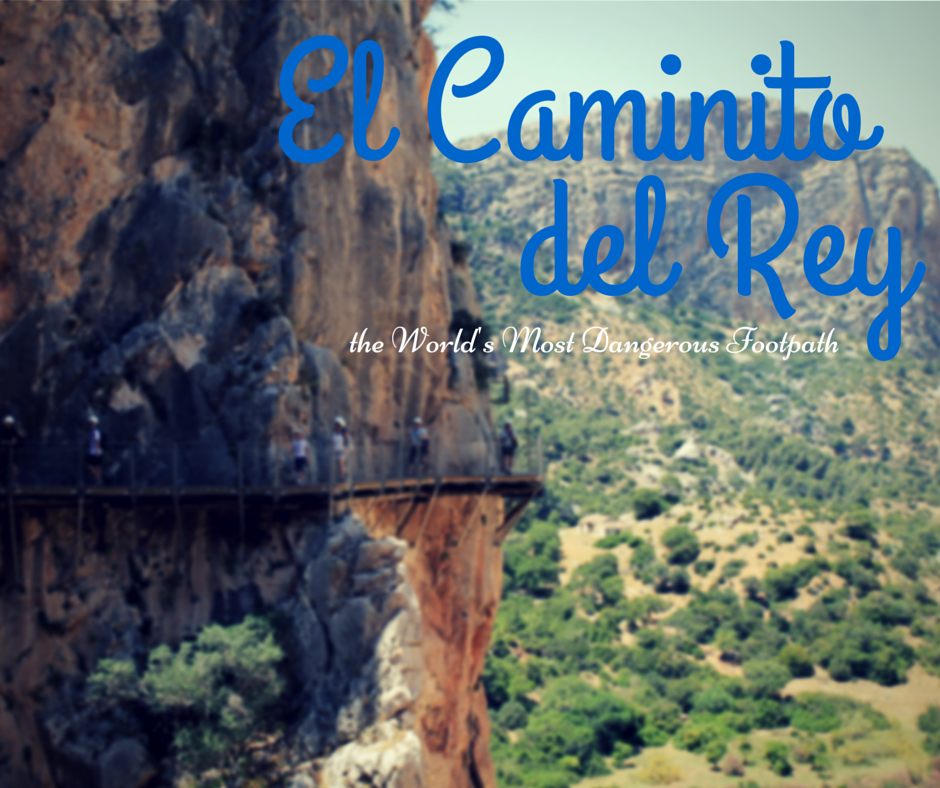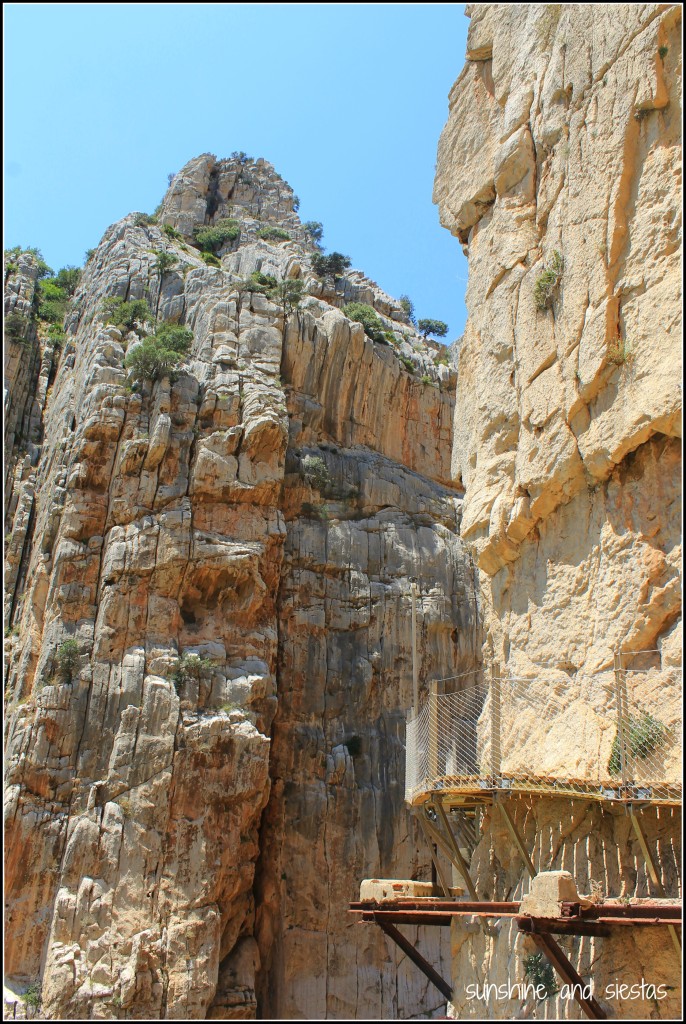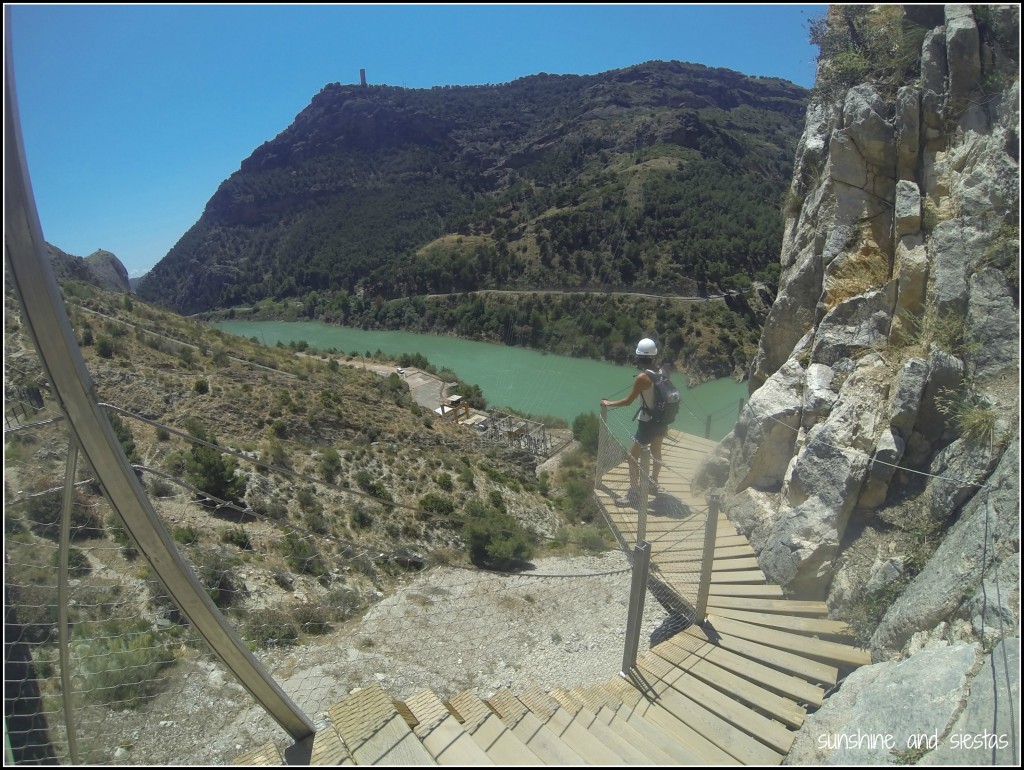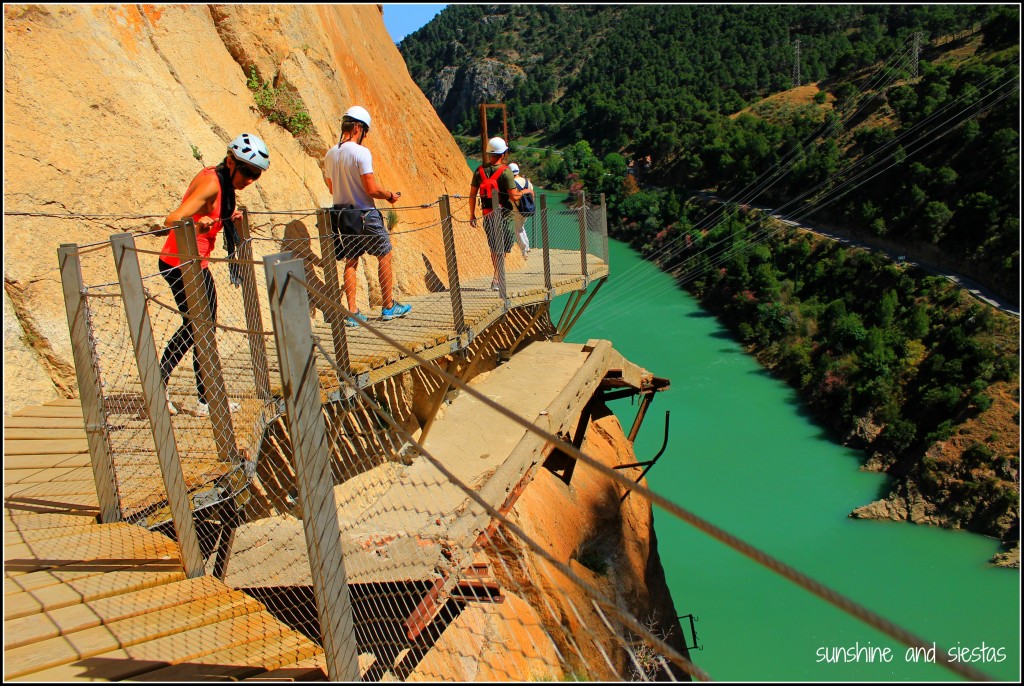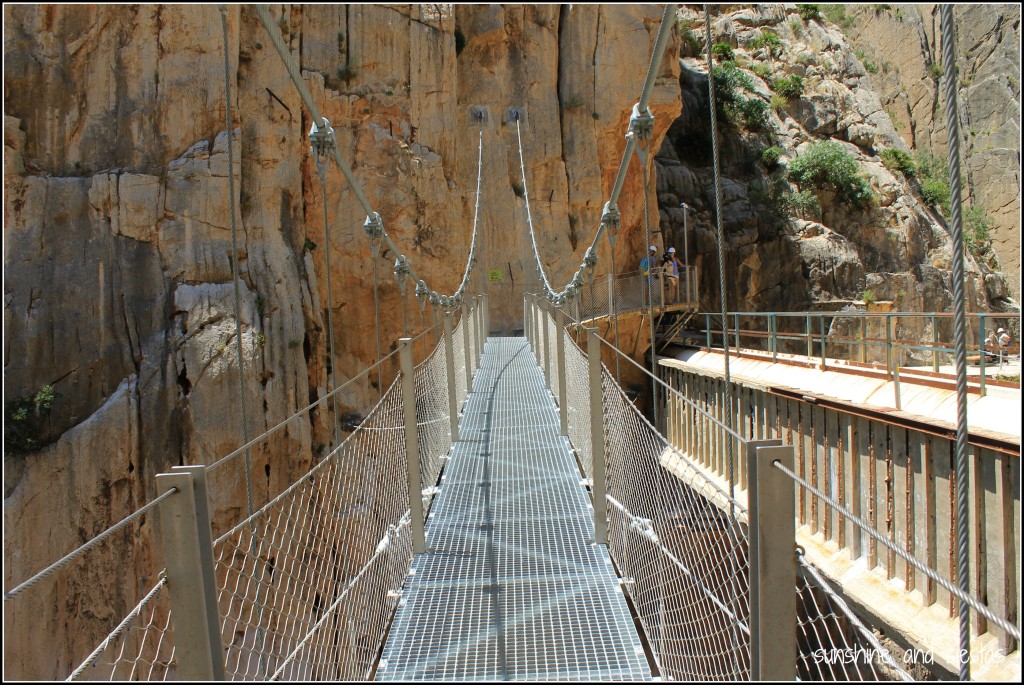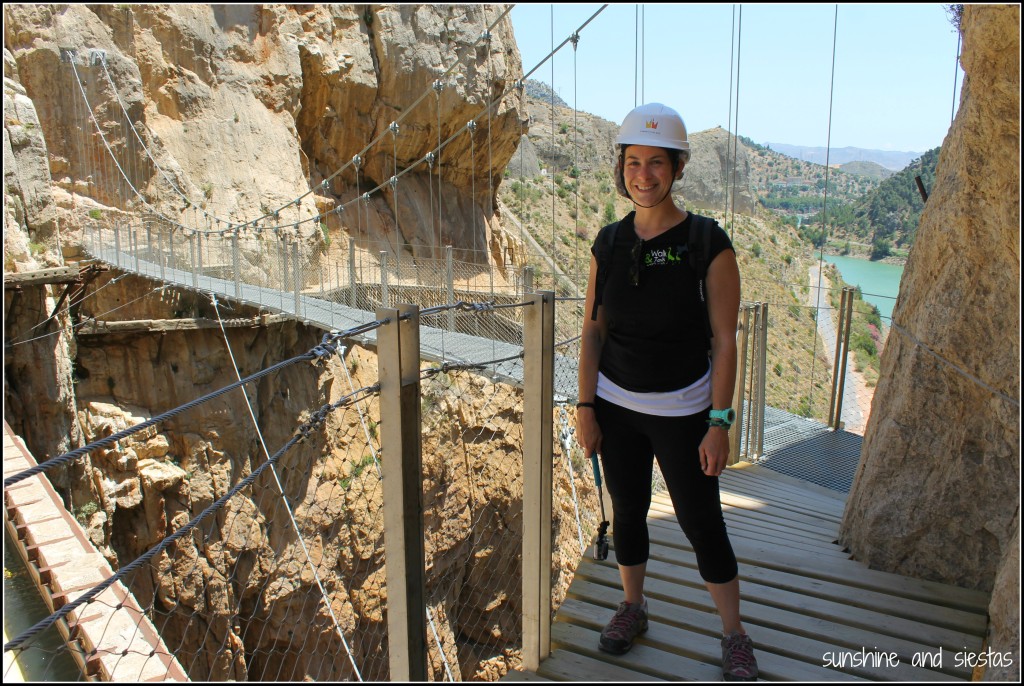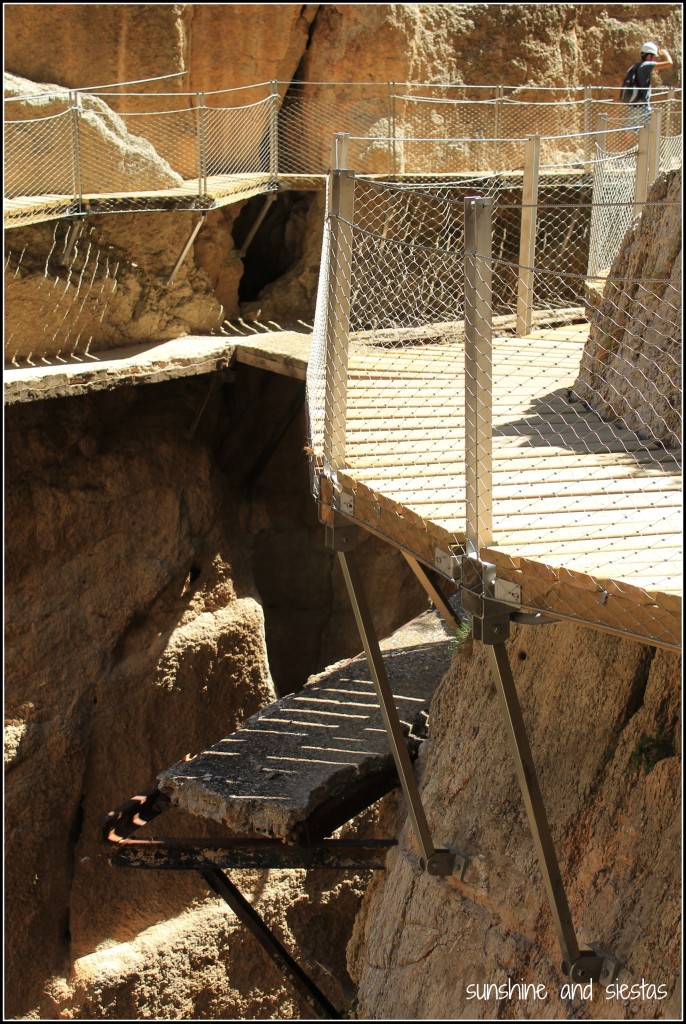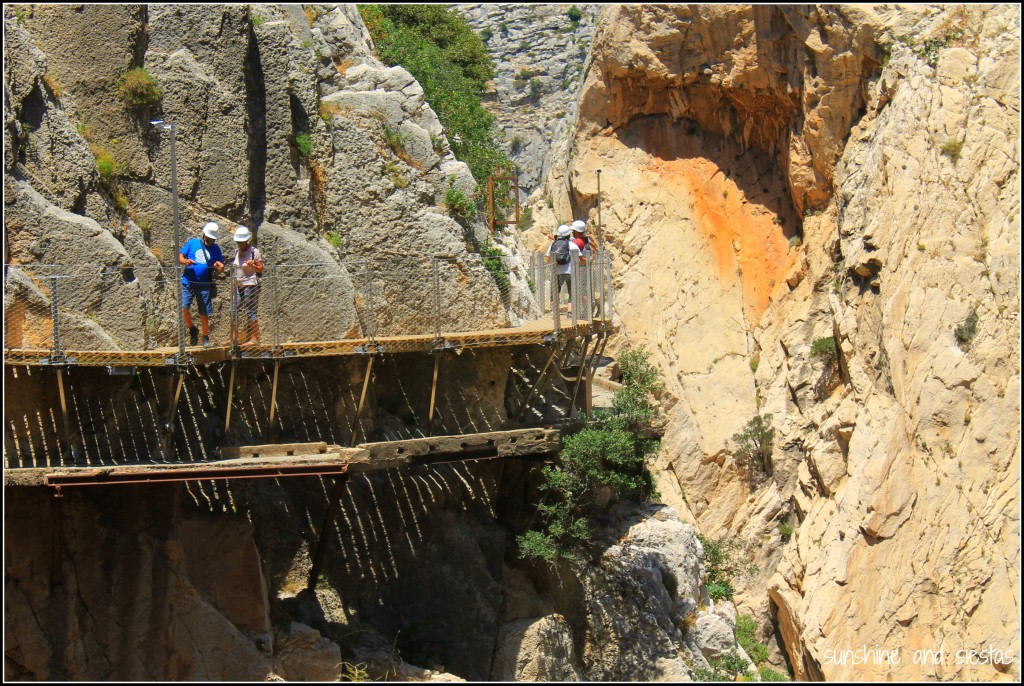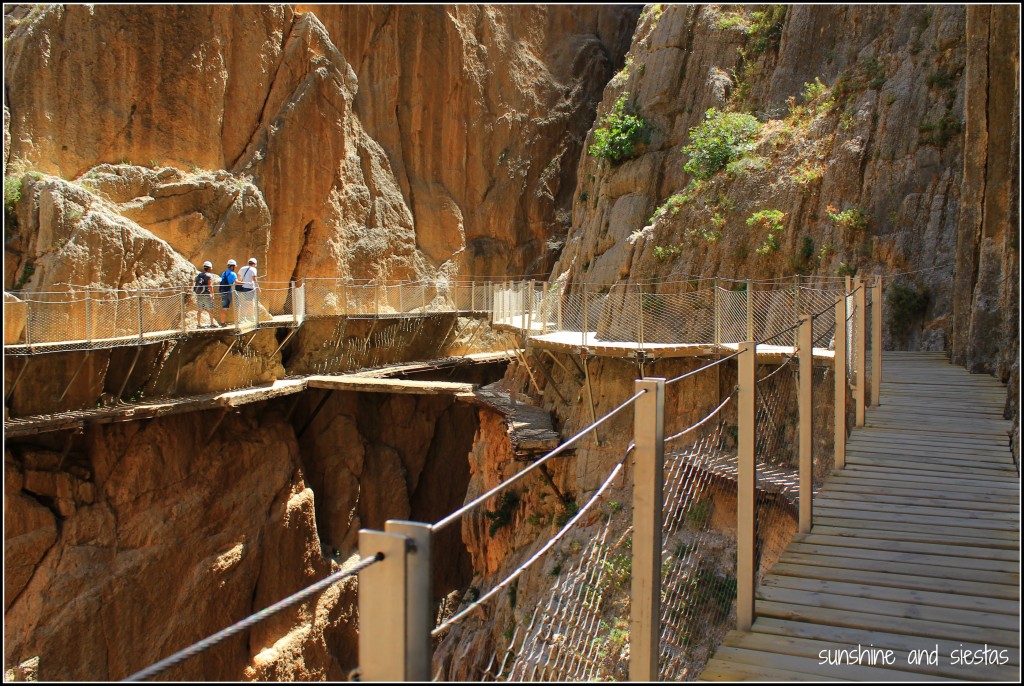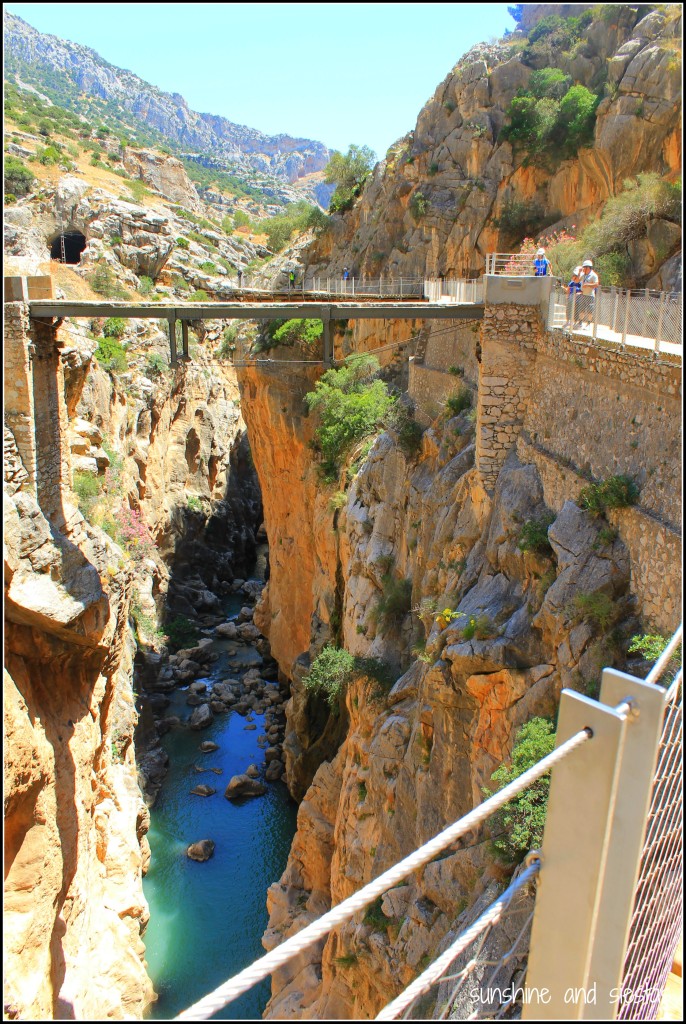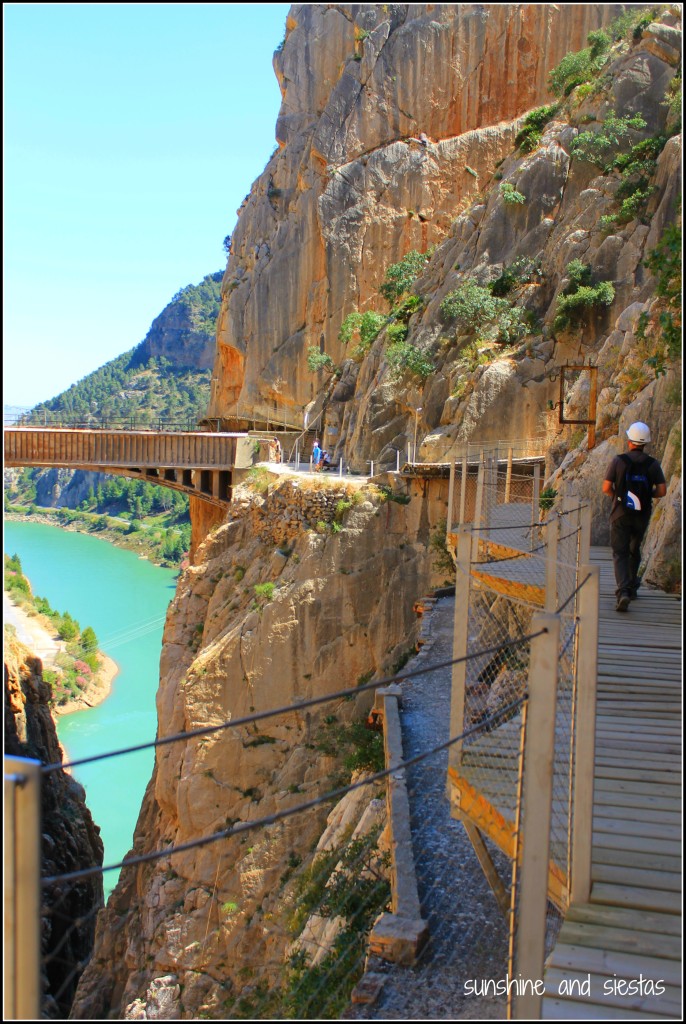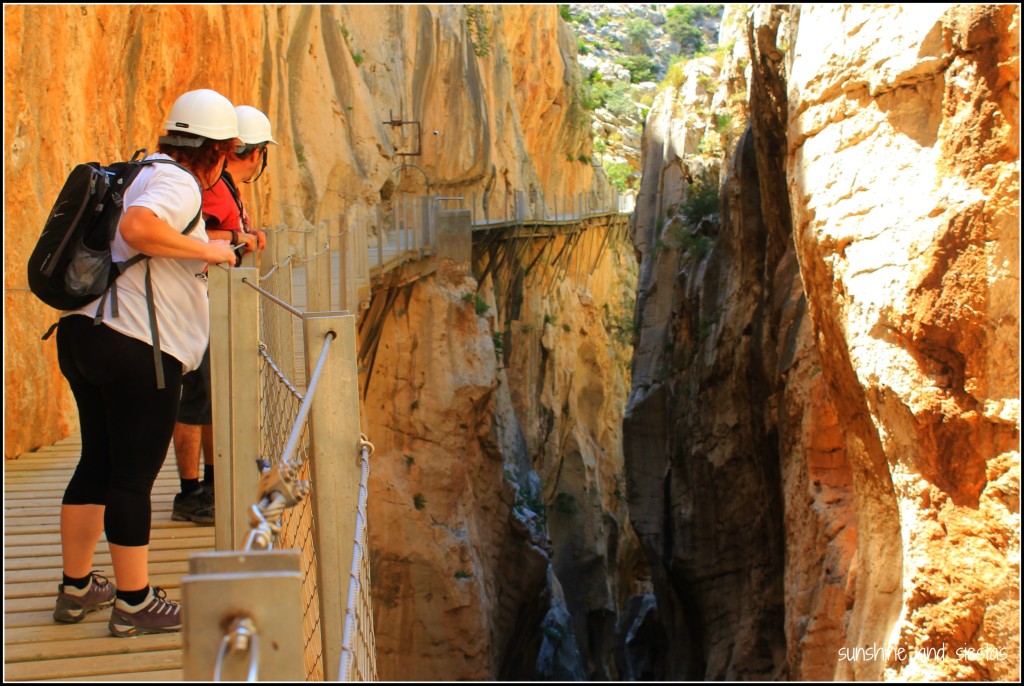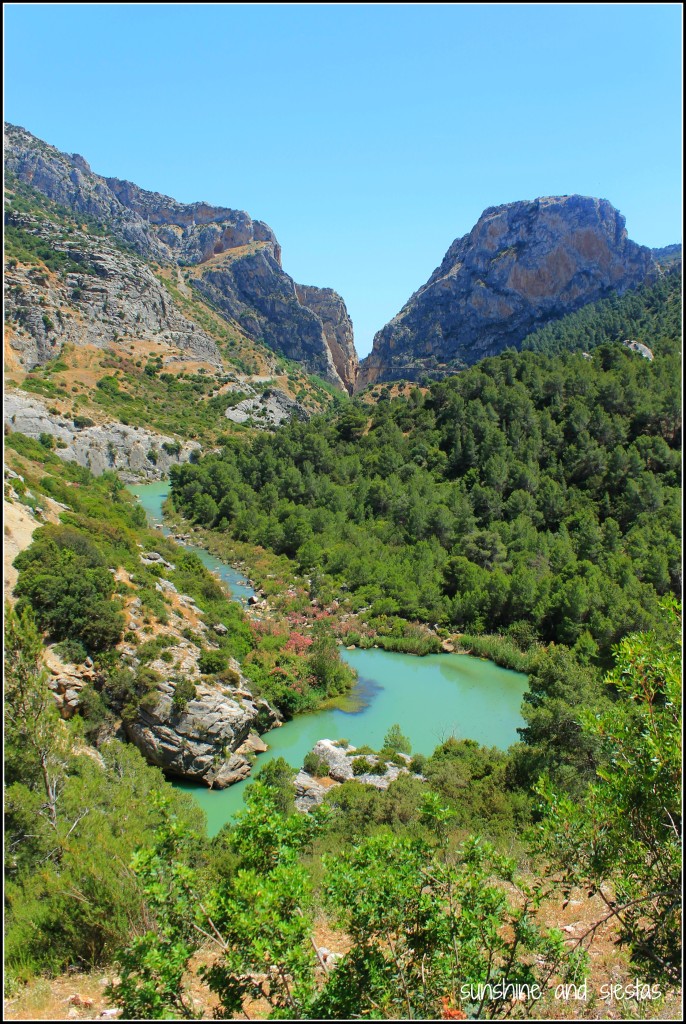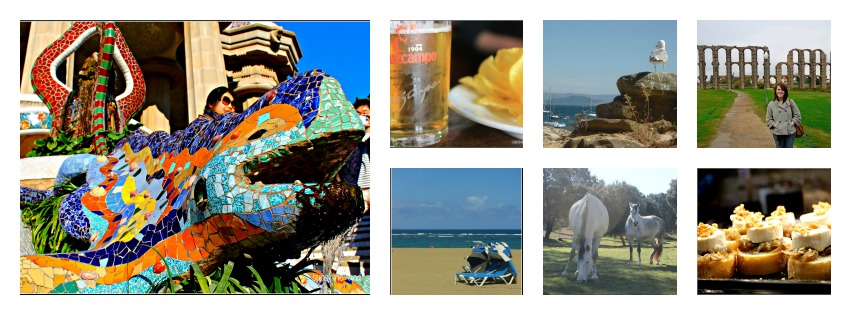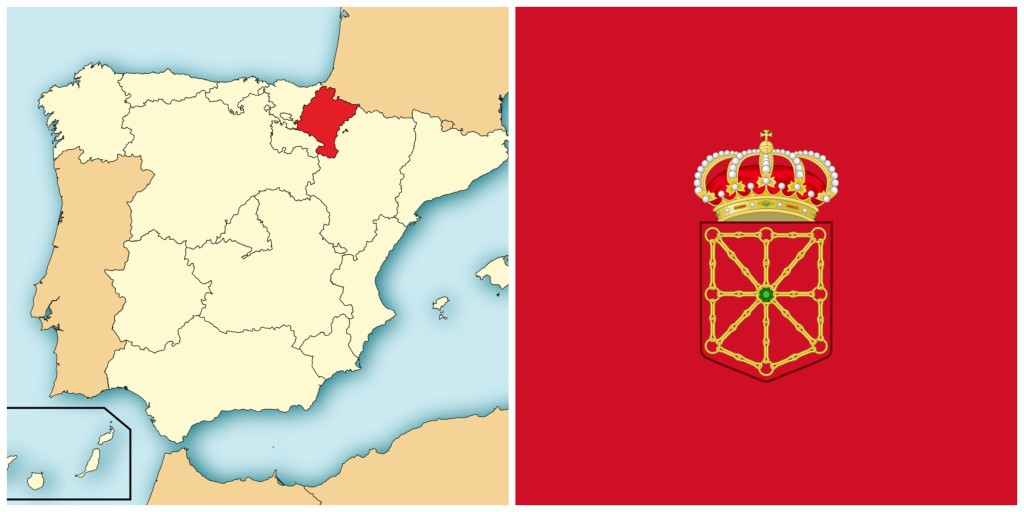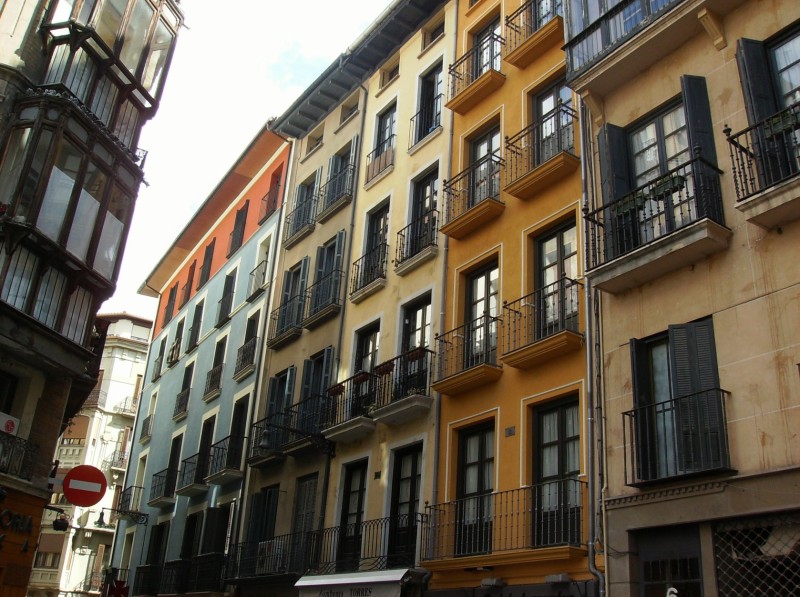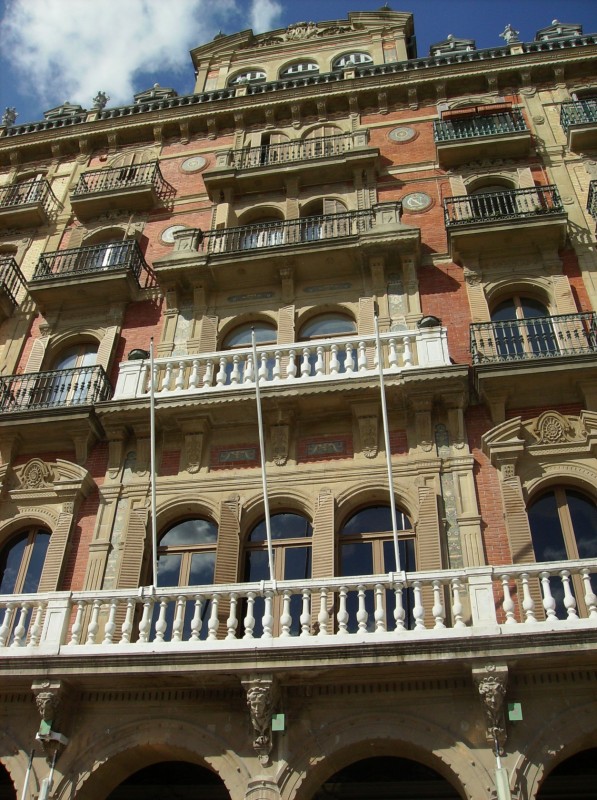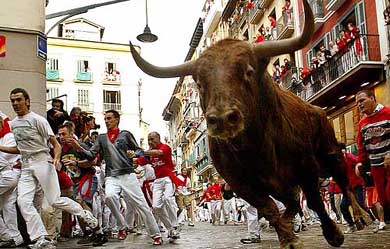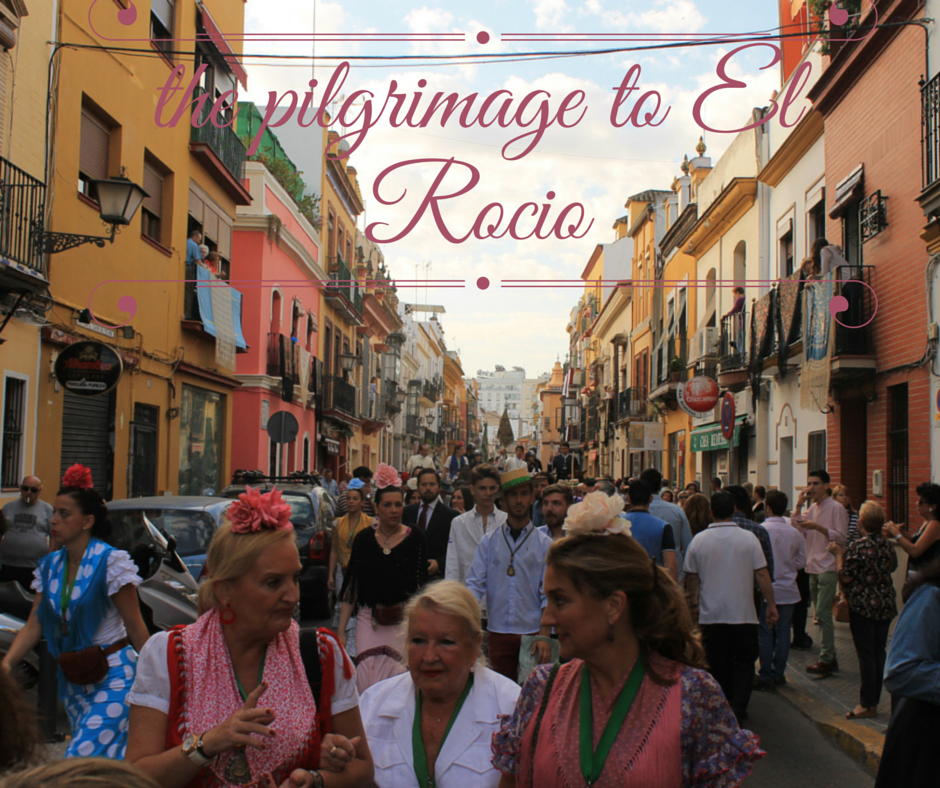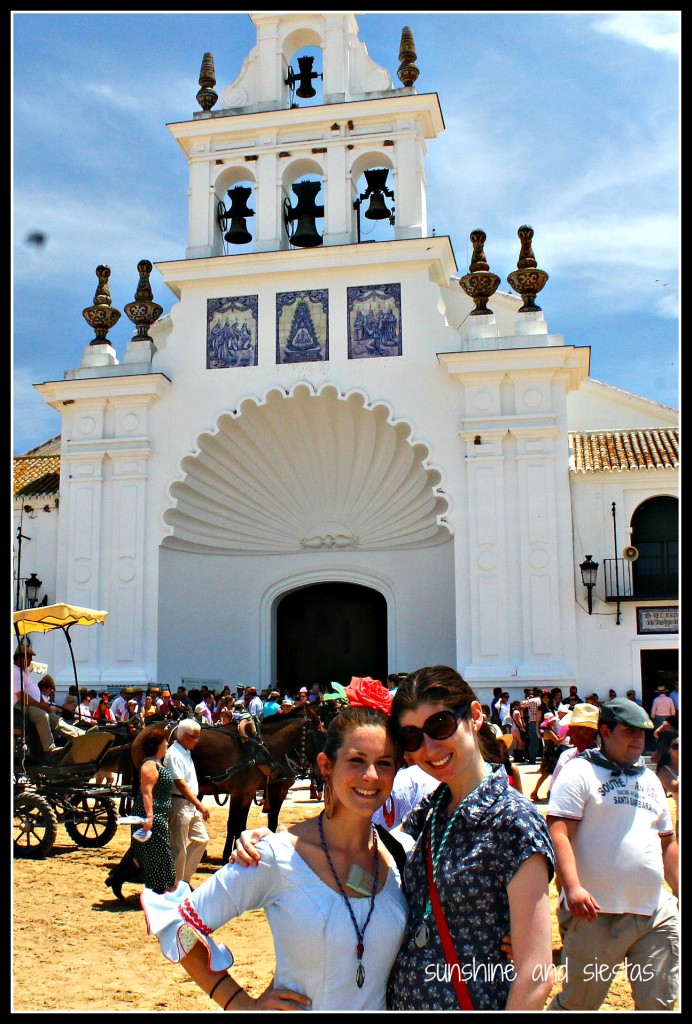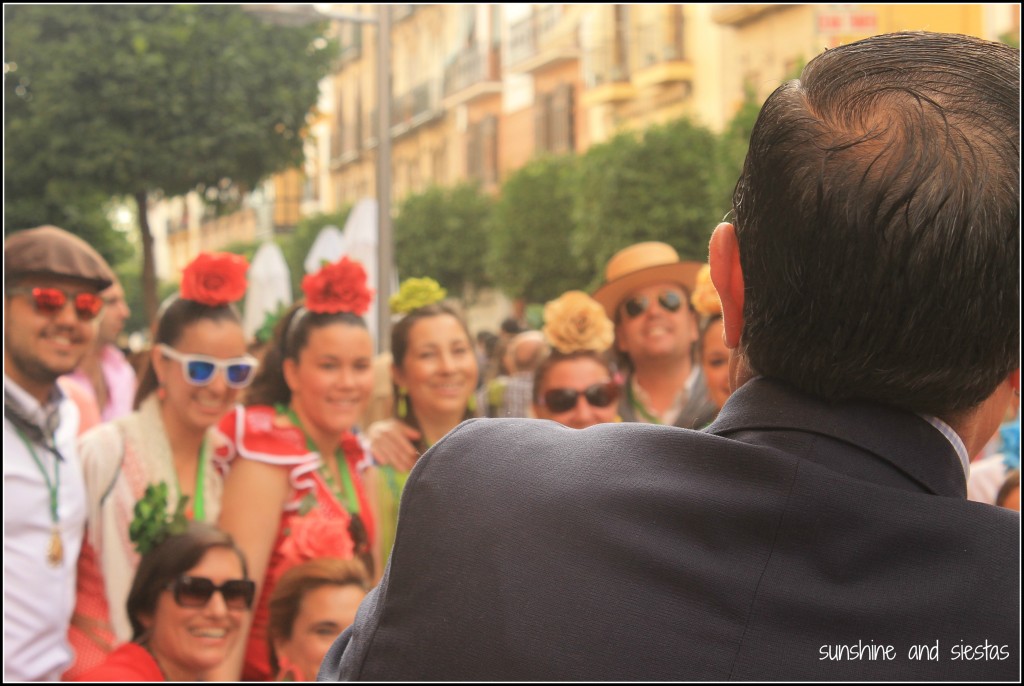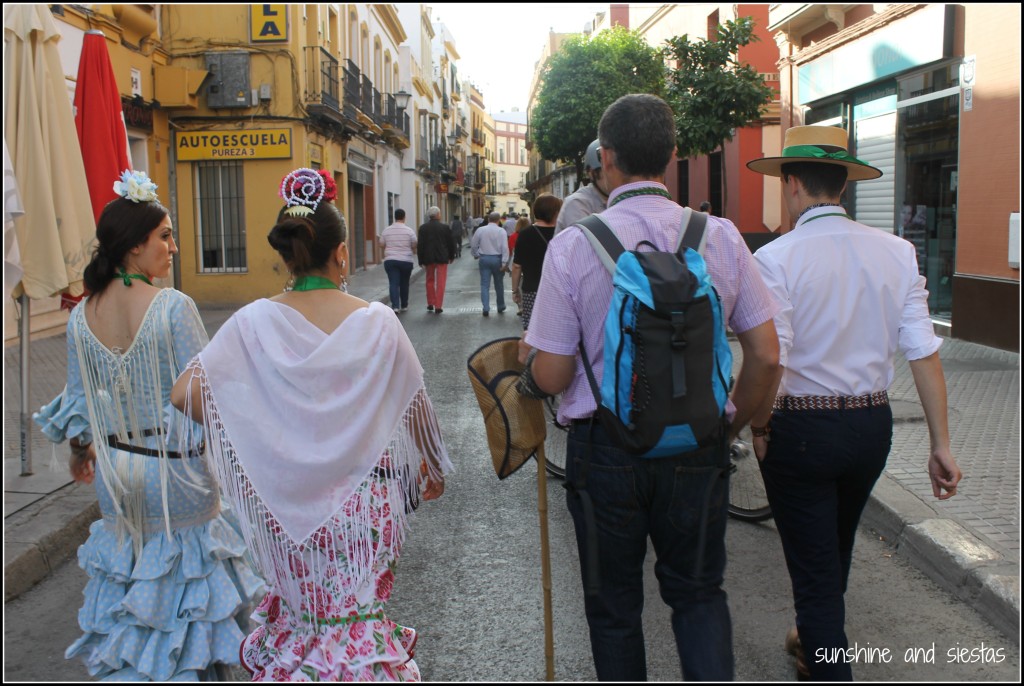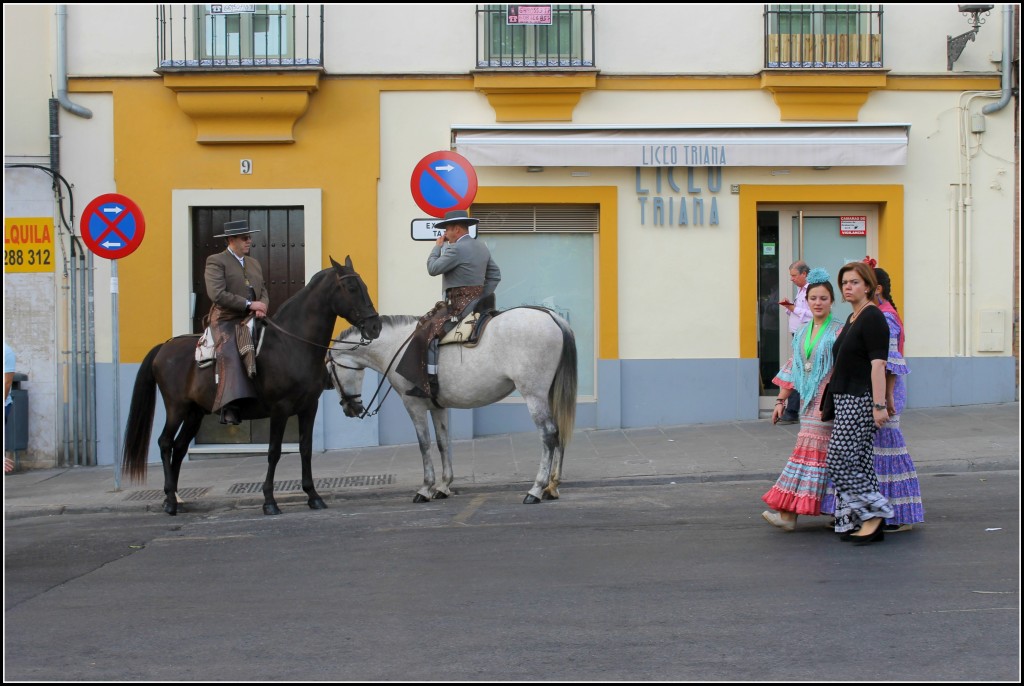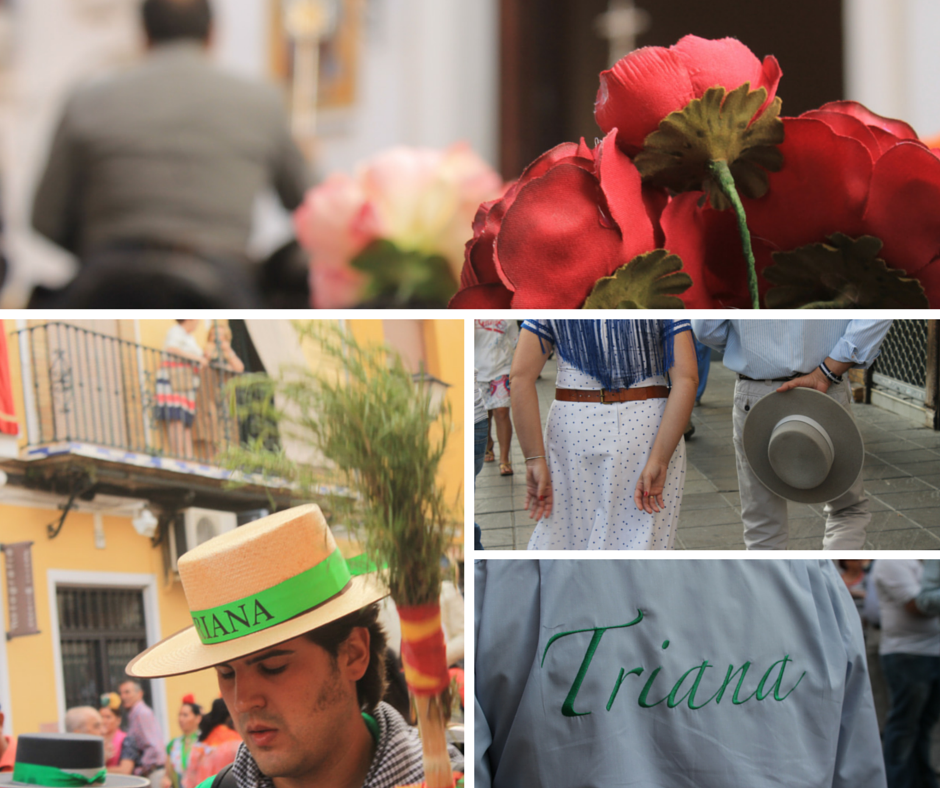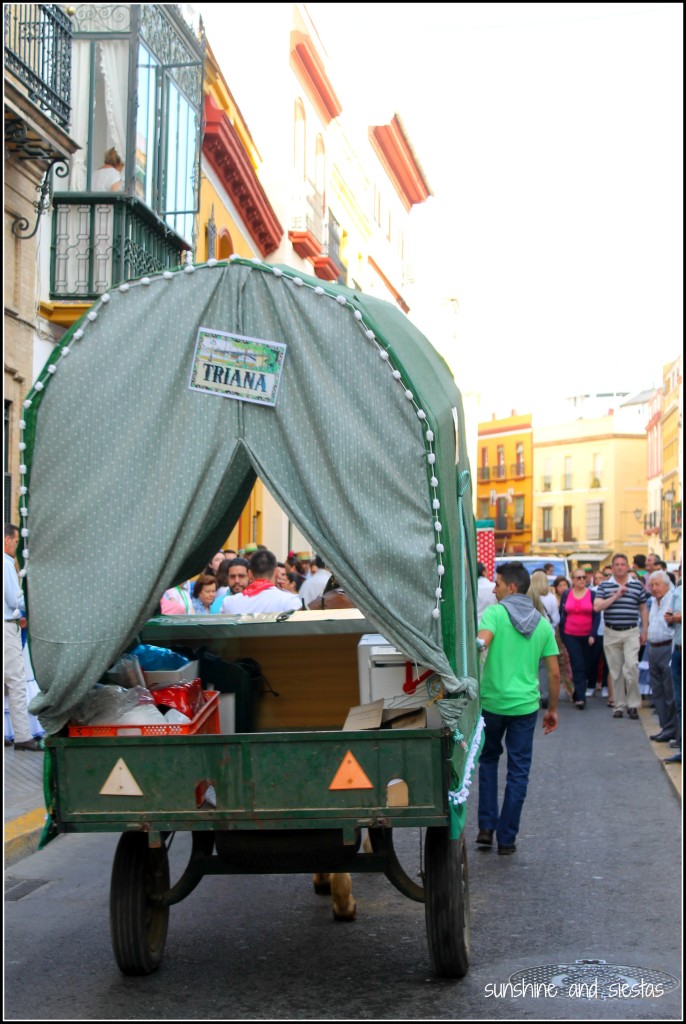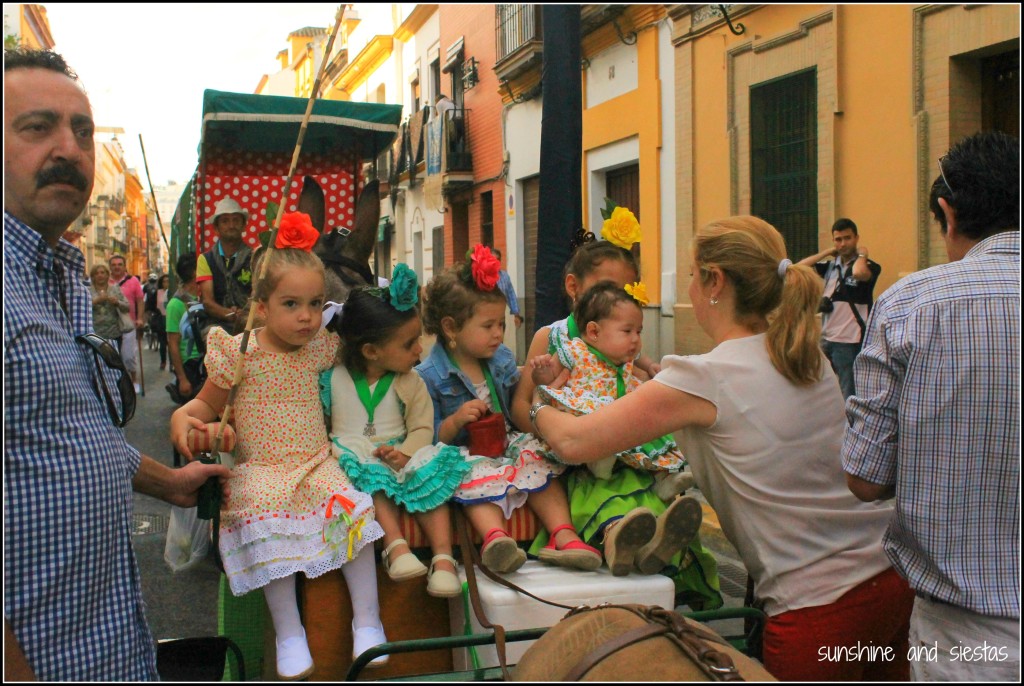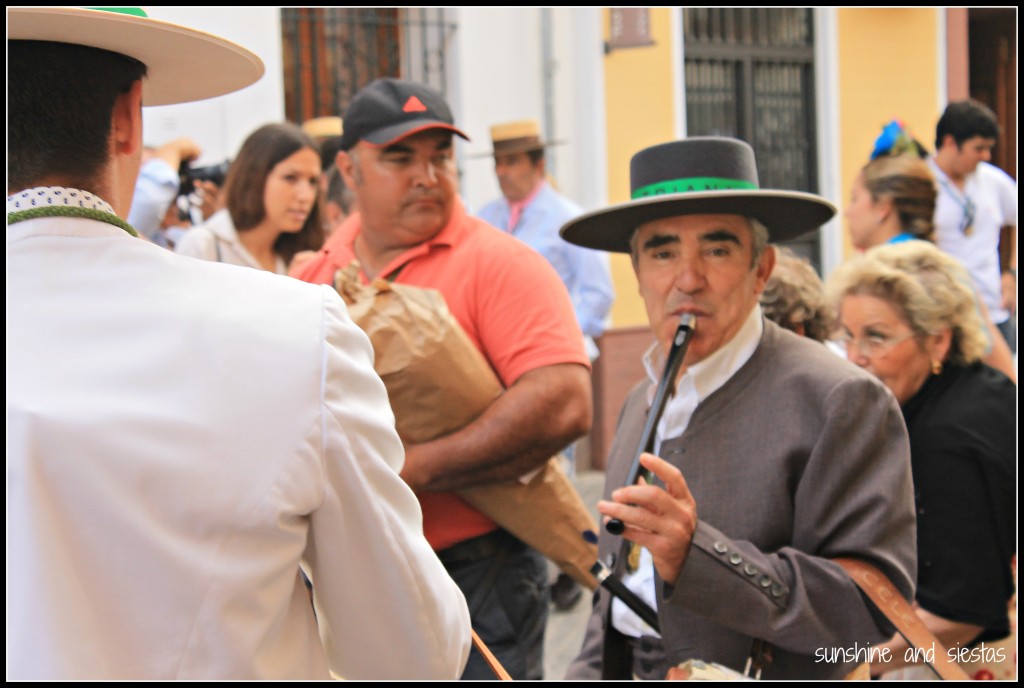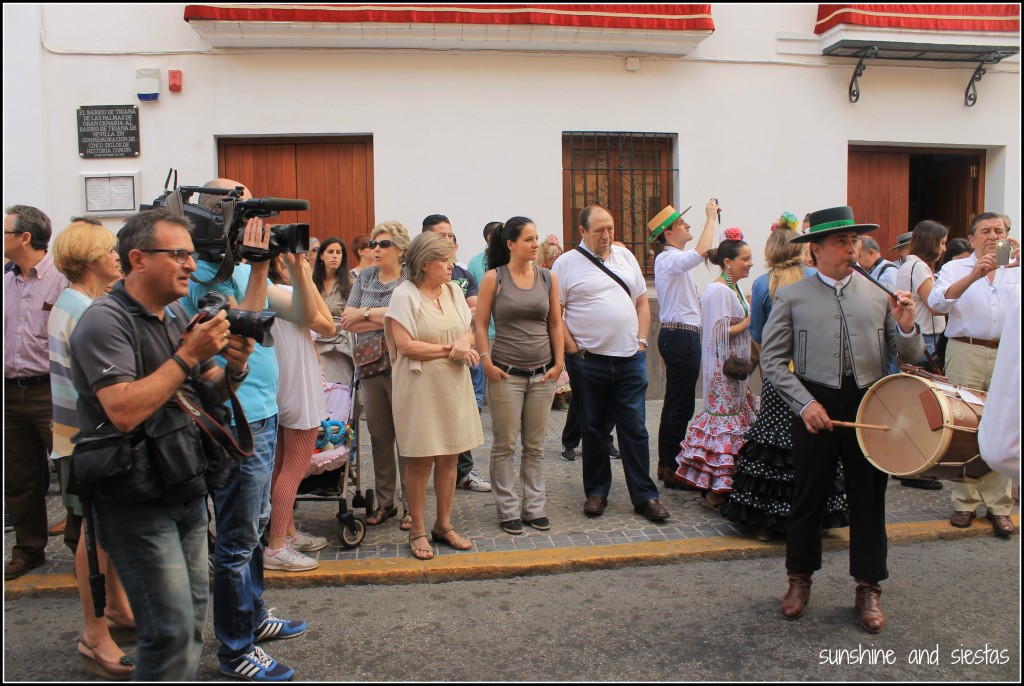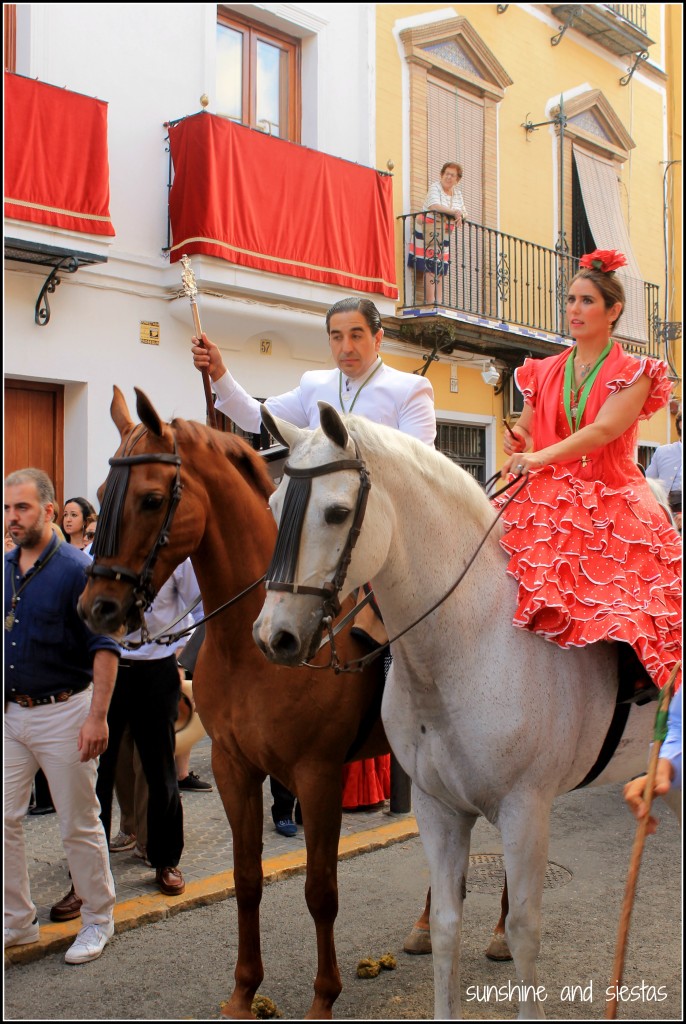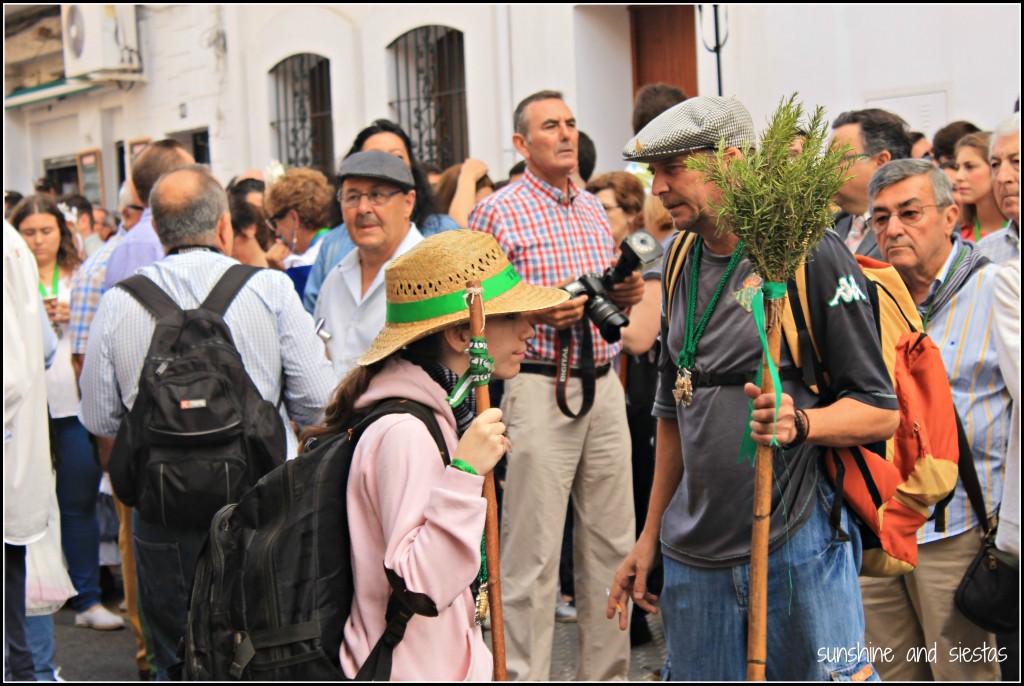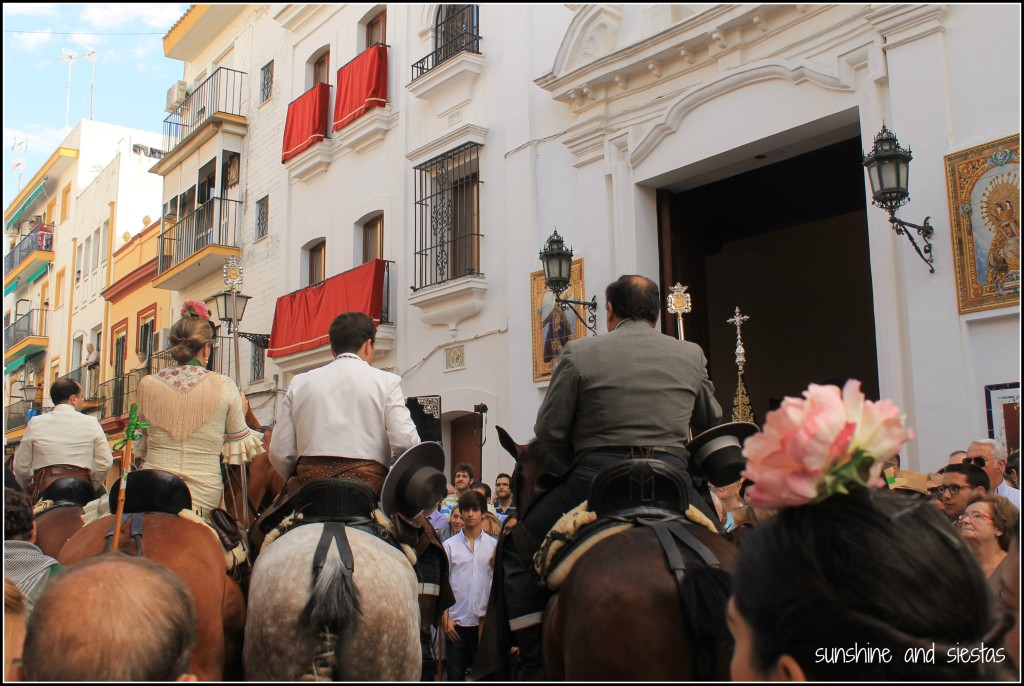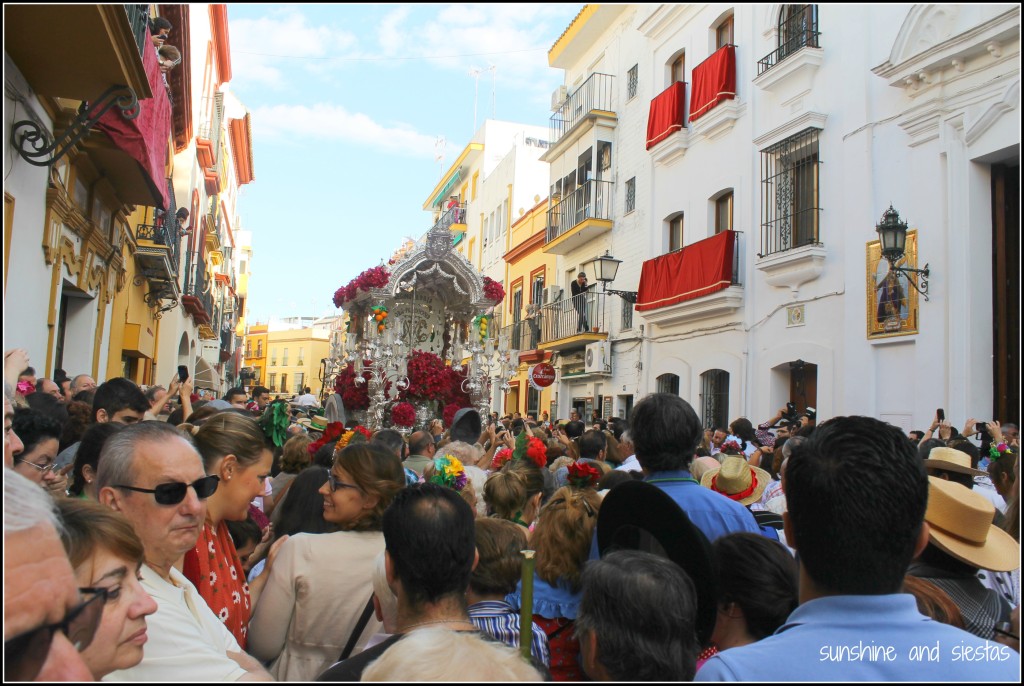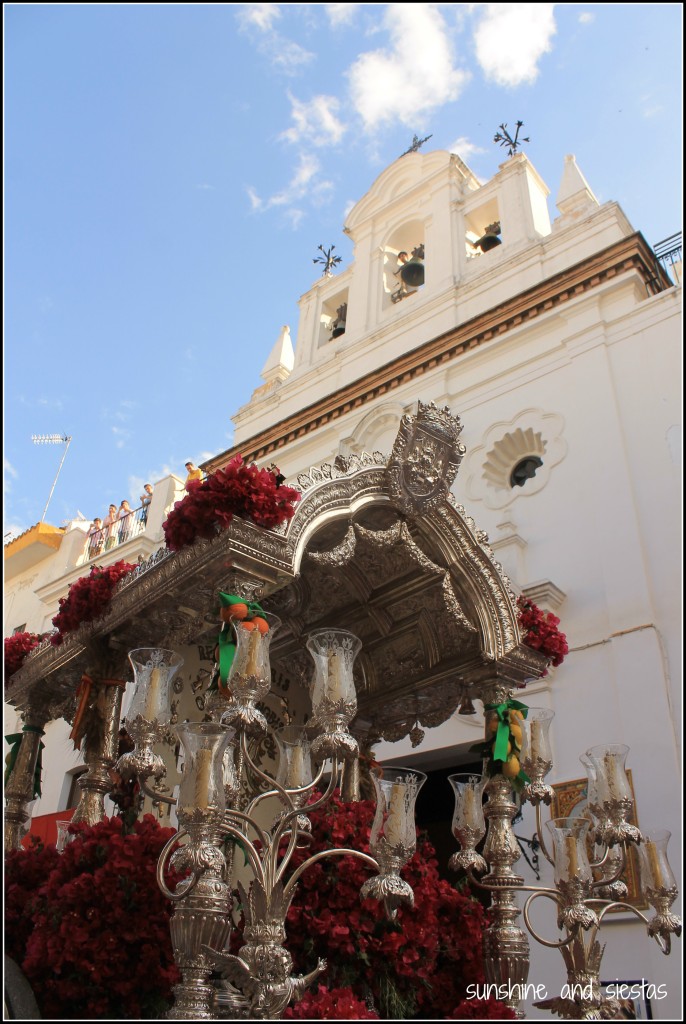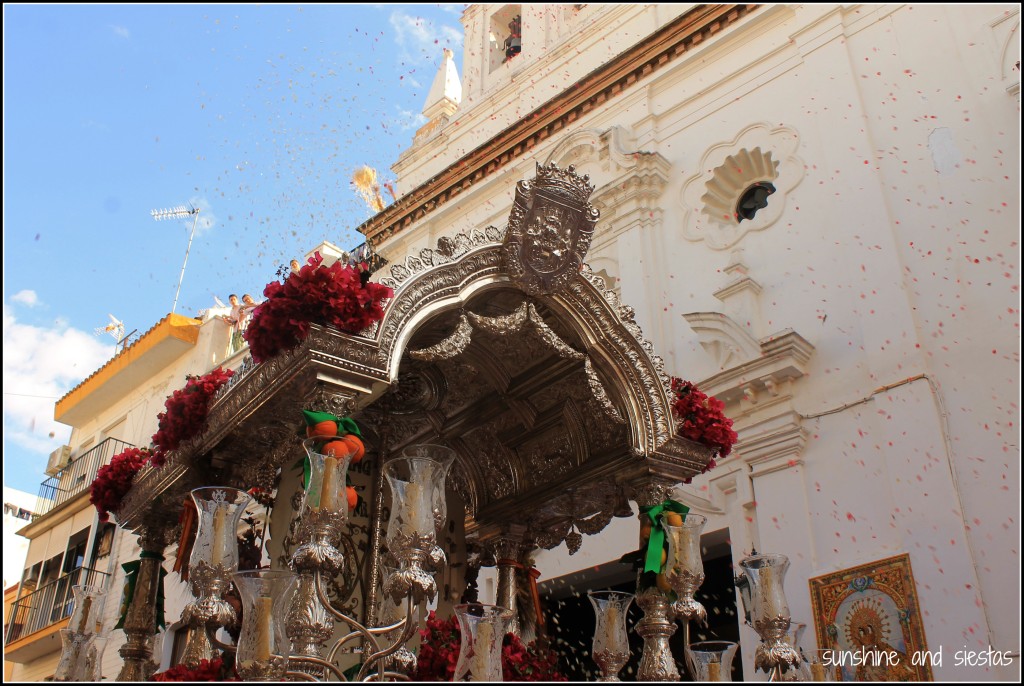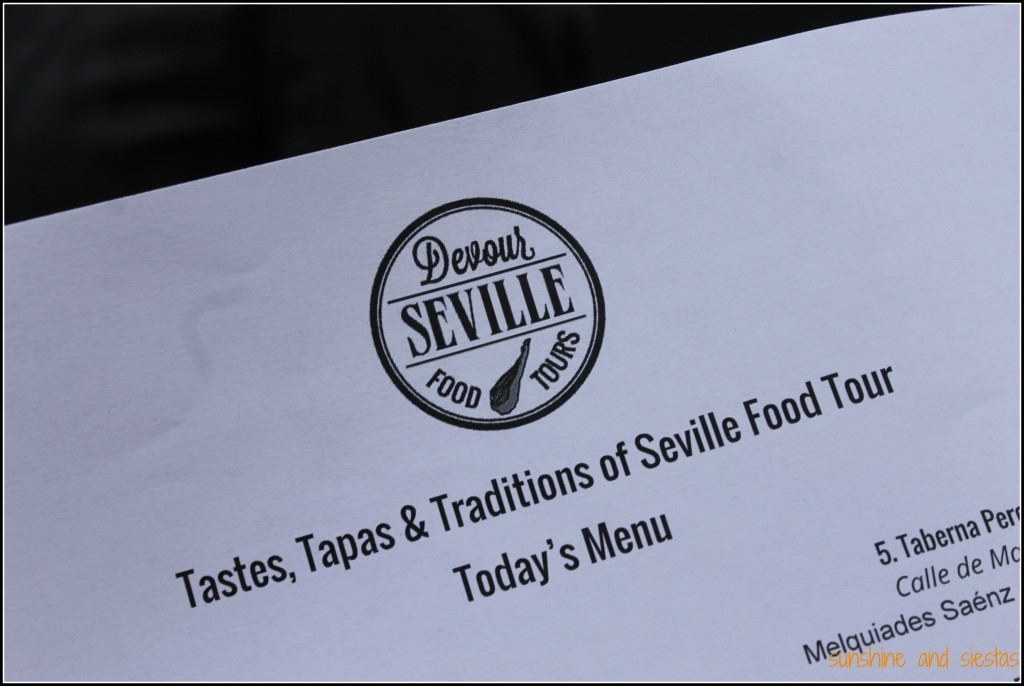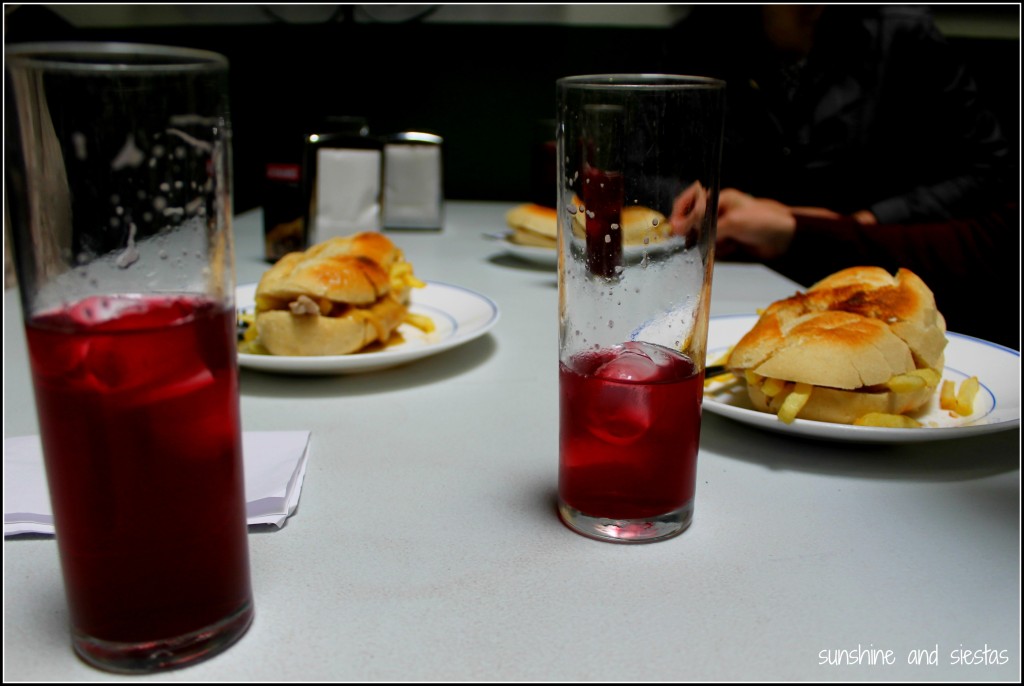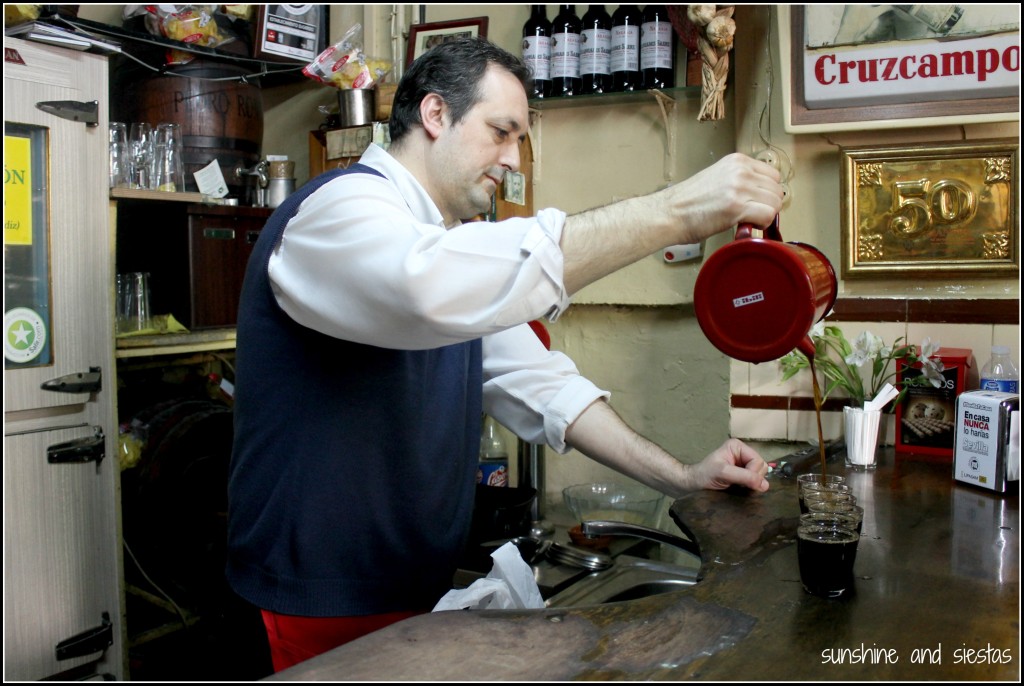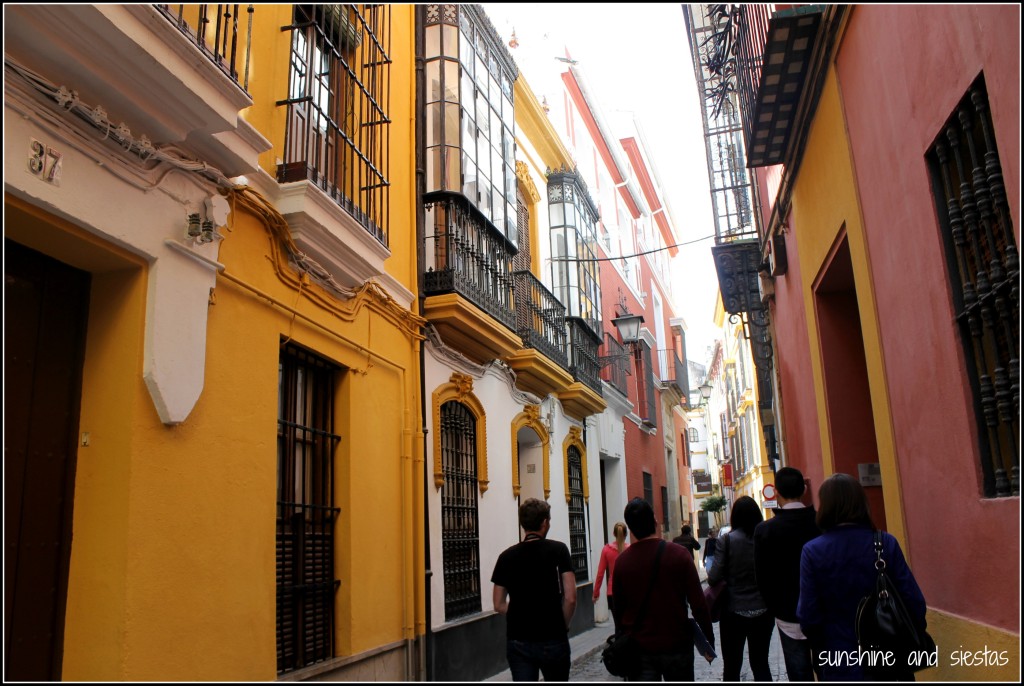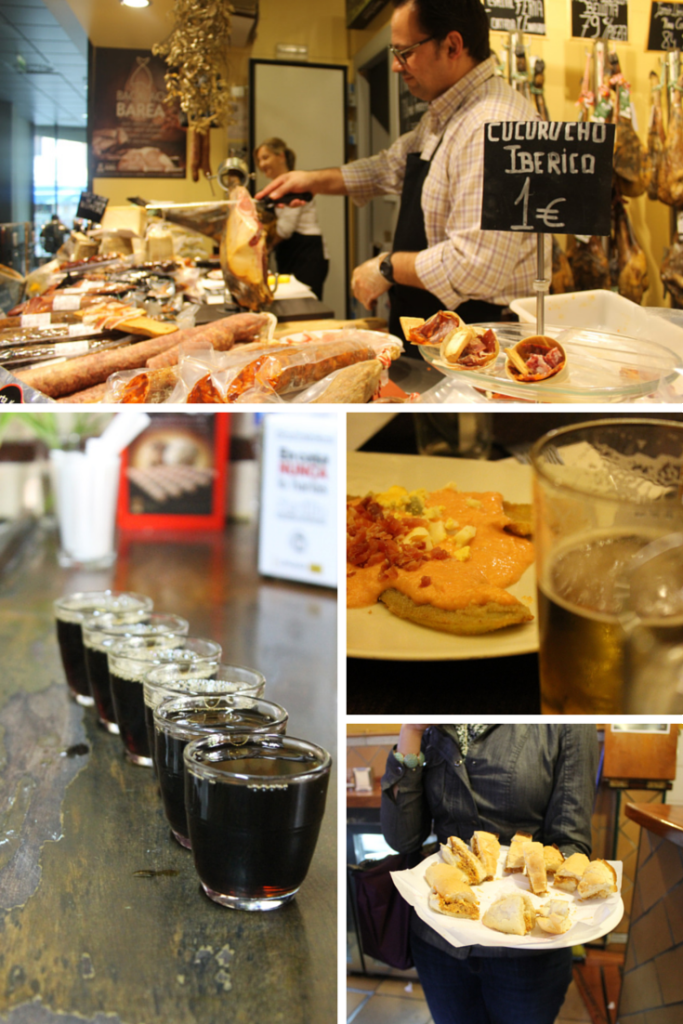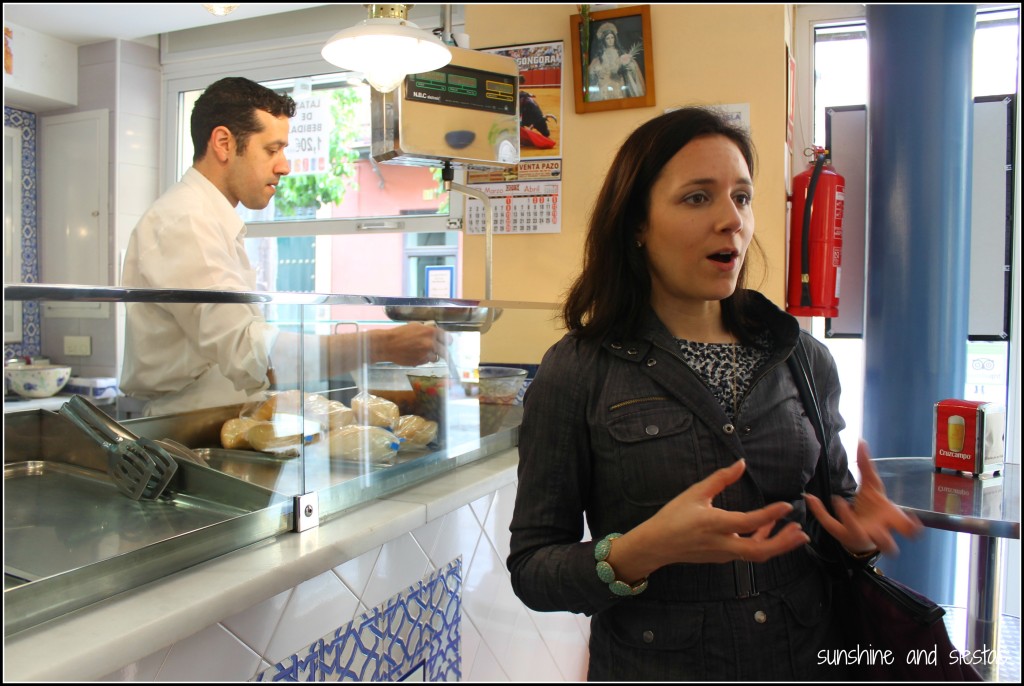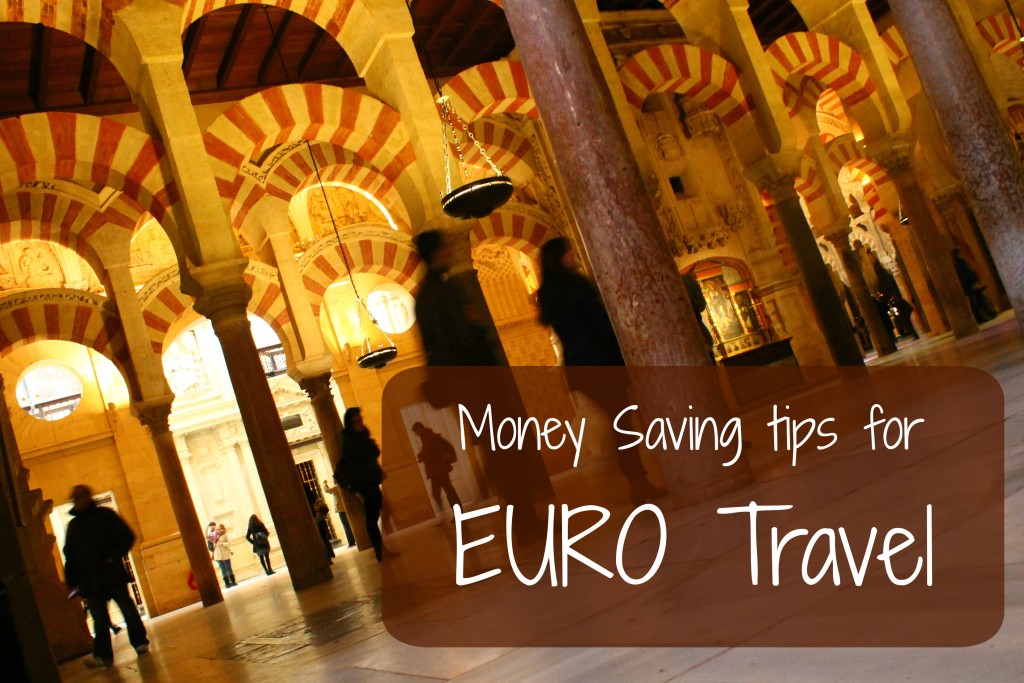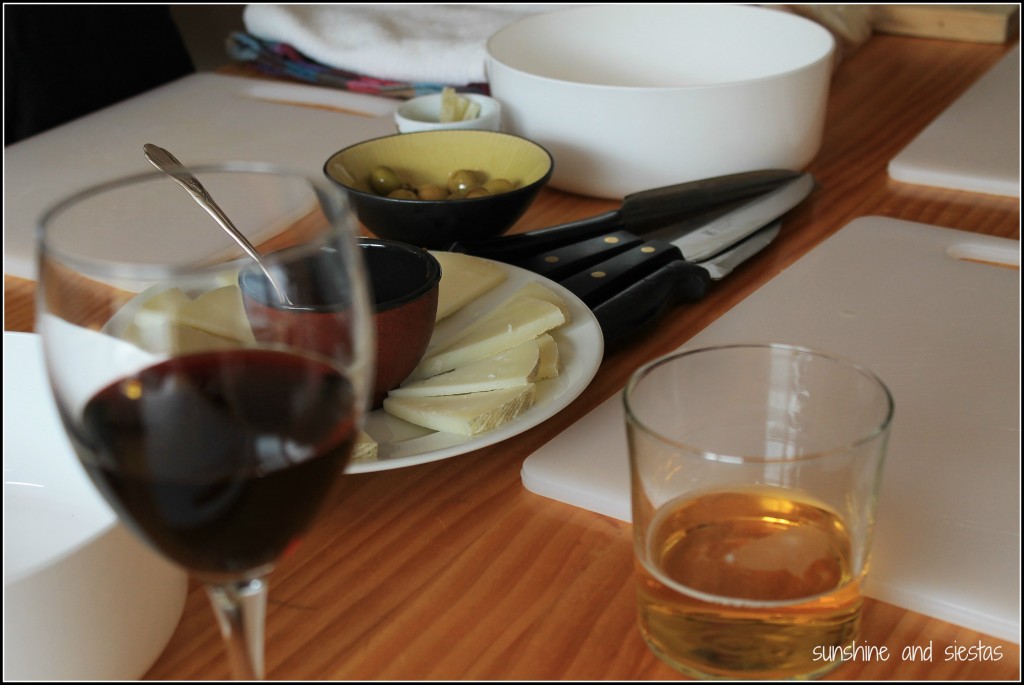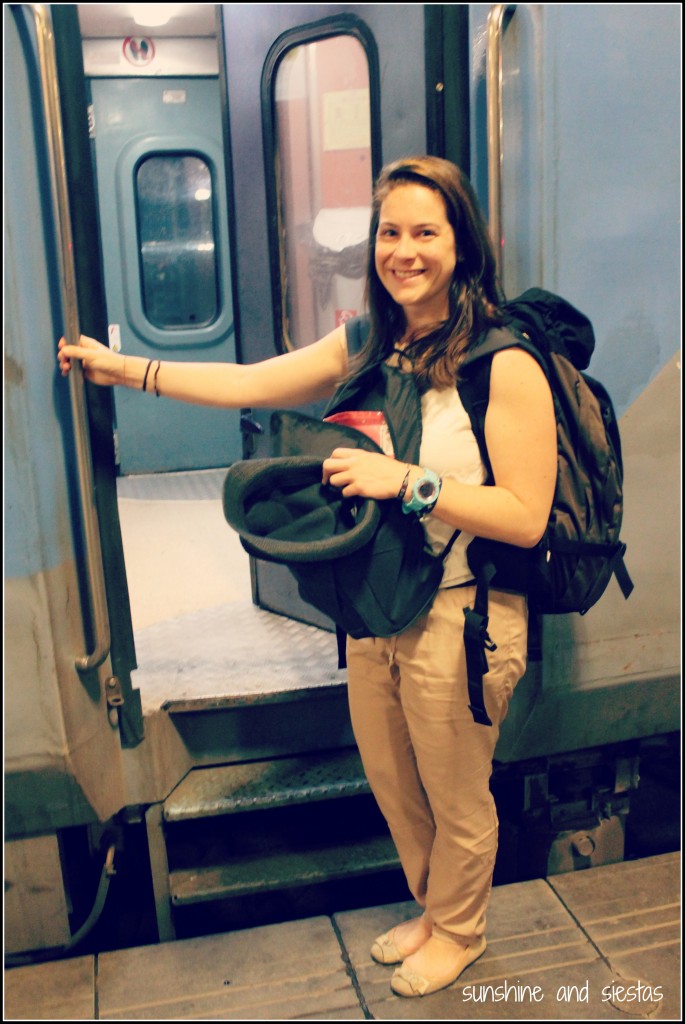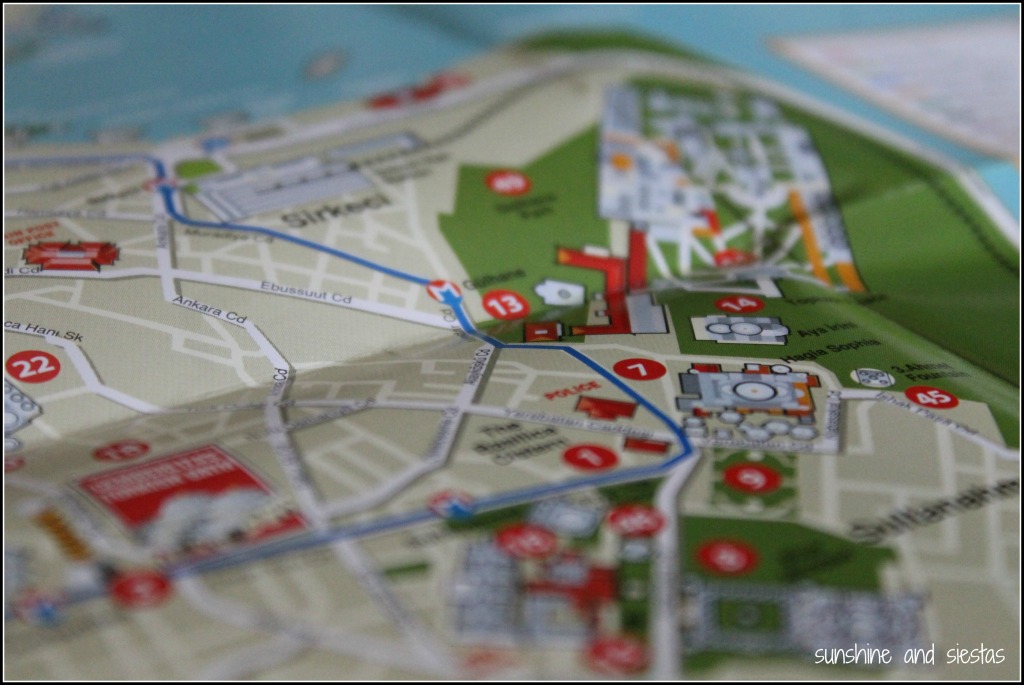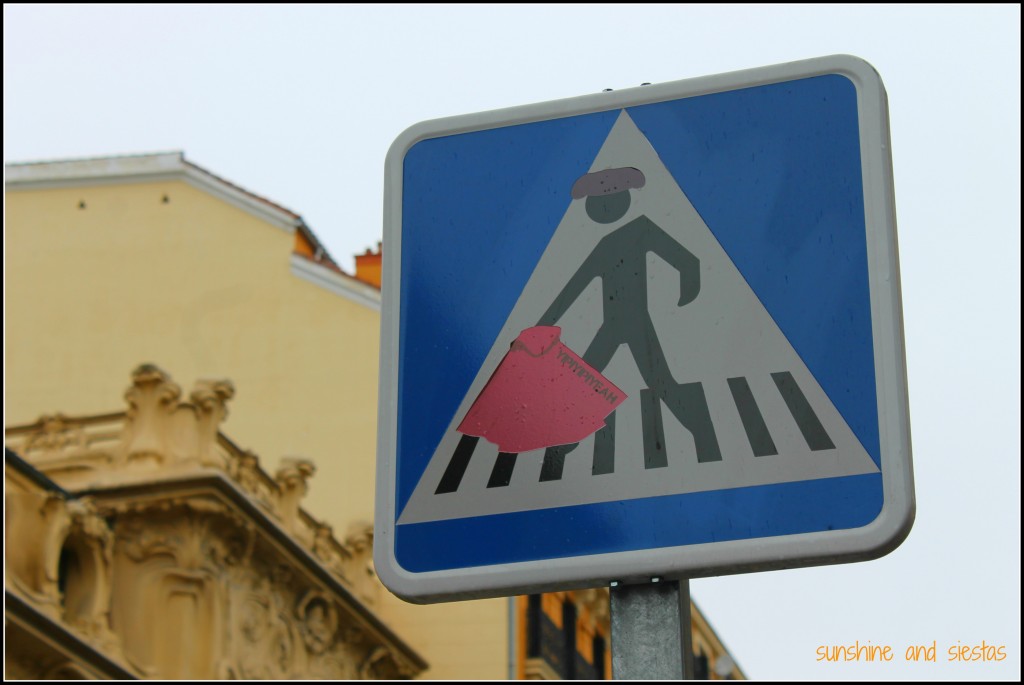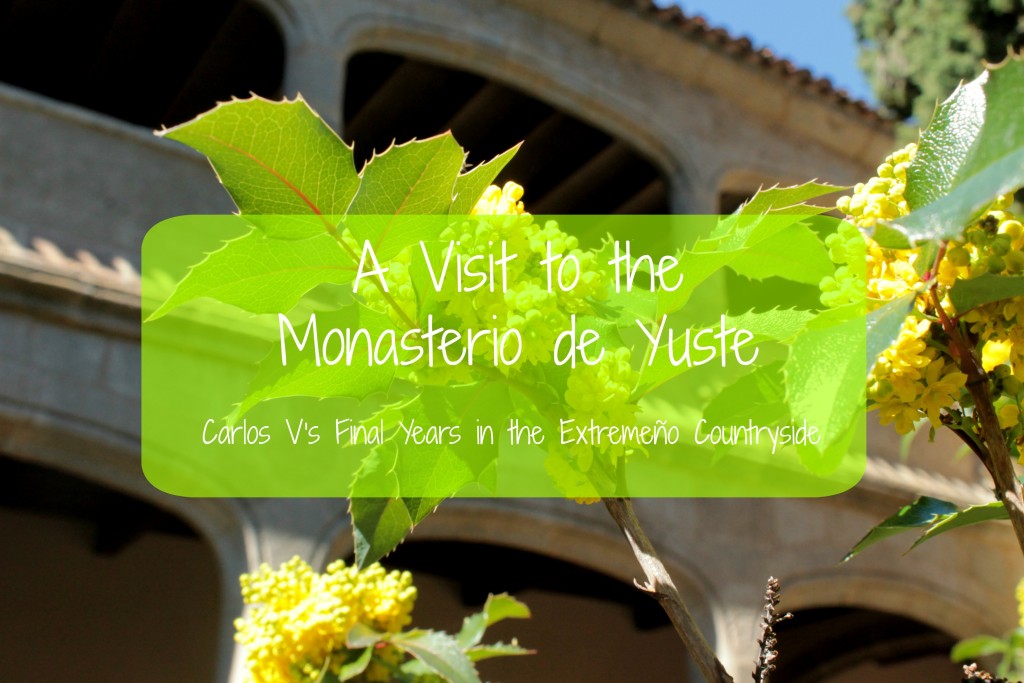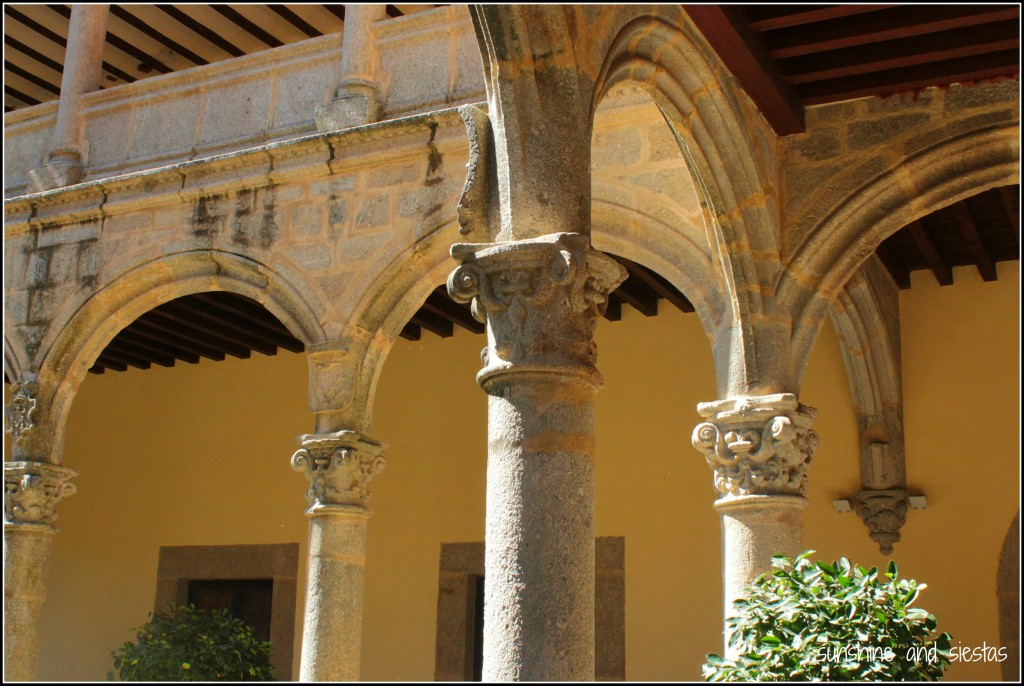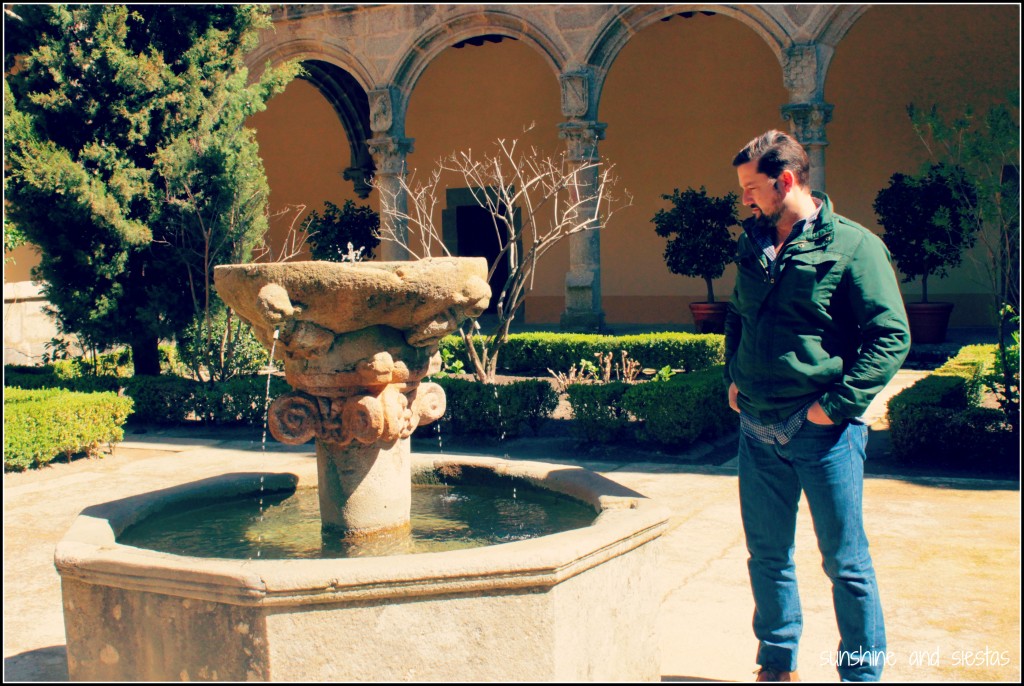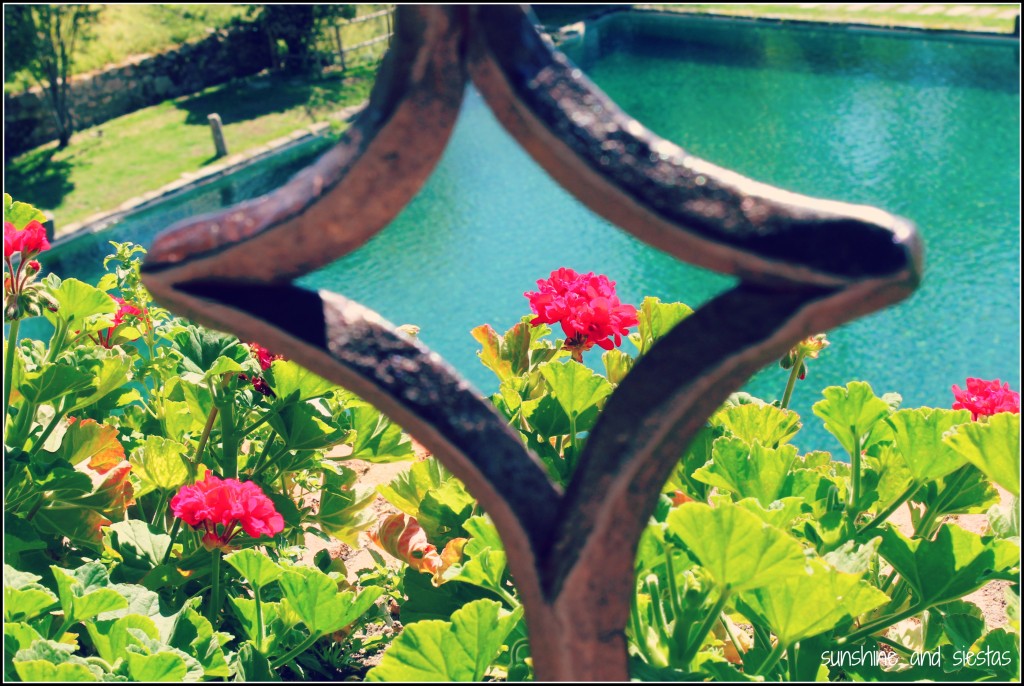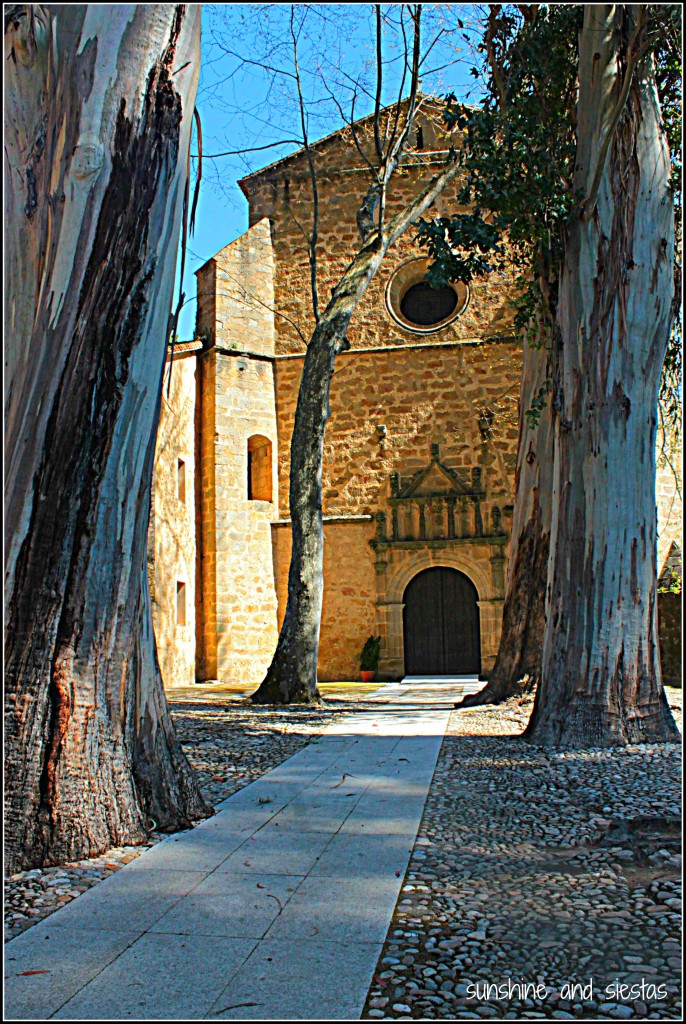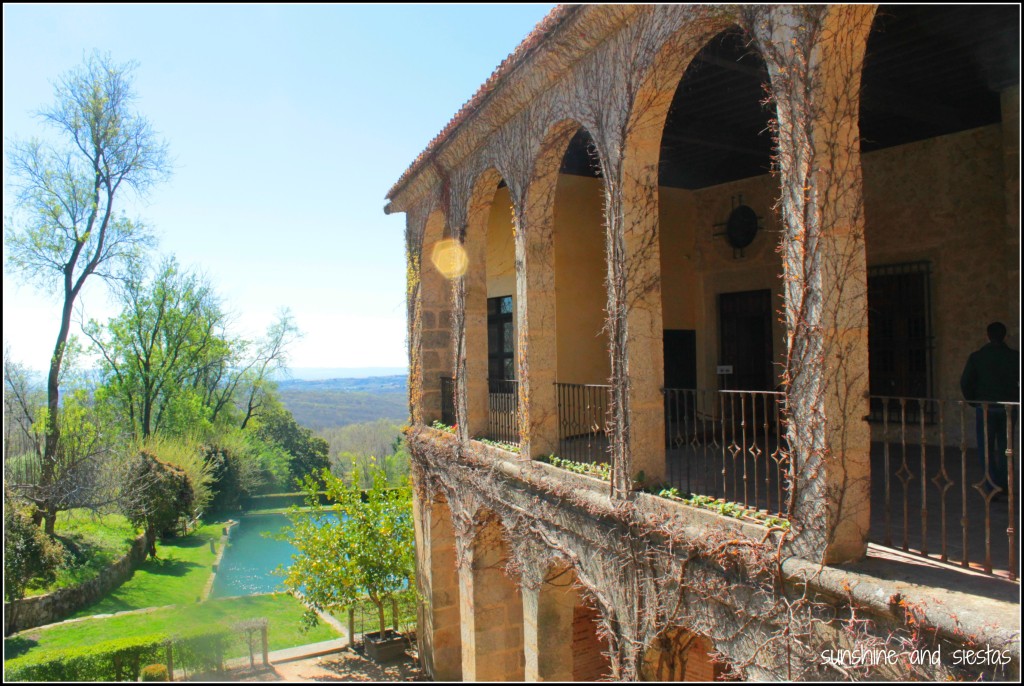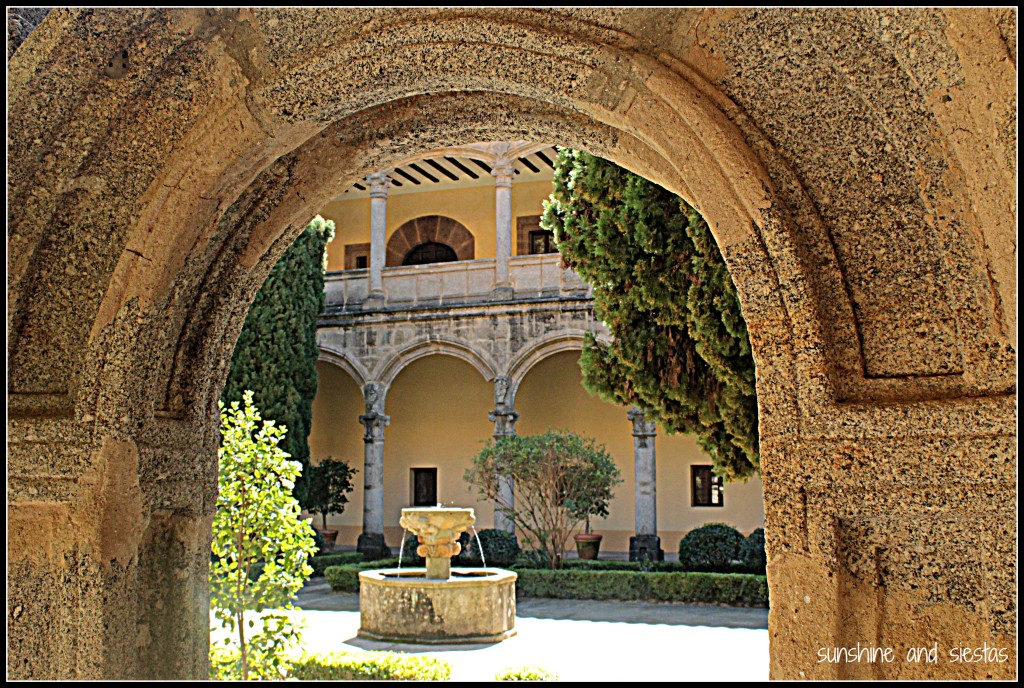The wind whipped by me as the park attendant handed me back my camera, dislodging my lens cap. As if in slow motion, I imagined it careening down the gorge and ending up passing through the hydroelectric plant to the south.
Instead, it landed in the cracks between the newly placed wooden planks that made up the boardwalk. I breathed a sigh of relief.
“That was close,” the monitor said, stooping to retrieve it. “It’s 110 meters to the bottom.”
Even though planning my wedding and buying a house has left me pretty grounded, I prescribe to the “Have car, will explore” philosophy. When I heard about El Caminito del Rey, buried deep in the Málaga province, I wanted to plan a visit to what’s been known as one of the most dangerous hikes in the world.
Originally inaugurated over a century ago, this one-meter wide walkway became infamous internationally when five climbers fell to their deaths between 1999 and 2000. A decade passed before the Junta de Andalucía and the Diputación de Málaga agreed to saddle the costs of repairing the footpath that was christened with its present name after King Alfonso XIII traversed the one-meter wide trail when inaugurating the dam.
The Caminito fell into disrepair due to its hastily constructed path of concrete and sand, rendering it extremely risky to anyone who had the gall to pass it. I’ve seen images of climbers scaling rock faces, teetering over rusted metal rails and even perched on the edge of the balcones.
But by the time I was ready to try, the path was scheduled for a huge face lift.
Entering El Chorro from Ardales, the one-lane path climbed steeper and turns became tighter. Almost at once, my car was plunging into a valley of pine trees and slate a I watched the kilometer signs tick closer and closer to zero.
Then I got caught behind an interurban bus, a true sign that the Caminito del Rey is now accessible to anyone who can walk and not give in to vertigo.
I rounded the bend after the Virgen del Valverde hermitage, and my car spit me out onto a wider paved road. I immediately saw the small crack in the cliff that made up el Desfiladero de los Gaitanes, the old rickety pathway just beneath a more linear, safer replacement and the famous bridge between the two rock faces.
My GPS had long stopped giving me precise location updates, so I found a place to park near the visitor’s cabin nearly 90 minutes before my assigned entrance time at 2pm.
Safety precautions have made El Chorro’s big draw a bit lackluster. Rockslides, jumpers, wind and other natural elements have been controlled, experienced climbers hired as monitors and protective helmets purchased for every hiker. If not for the thrill, go for the views.
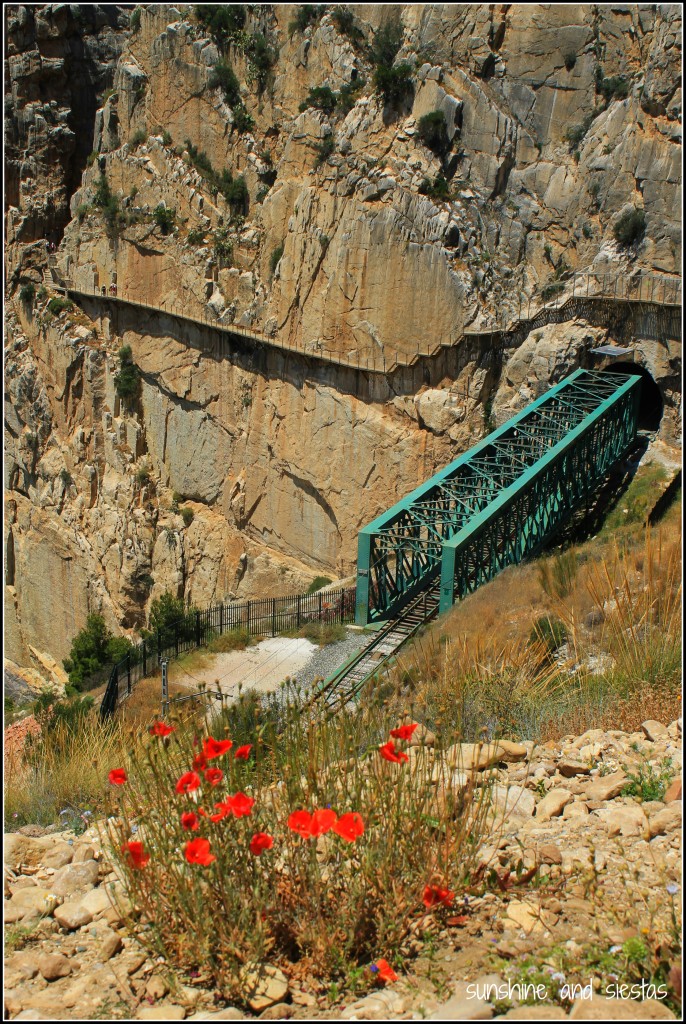
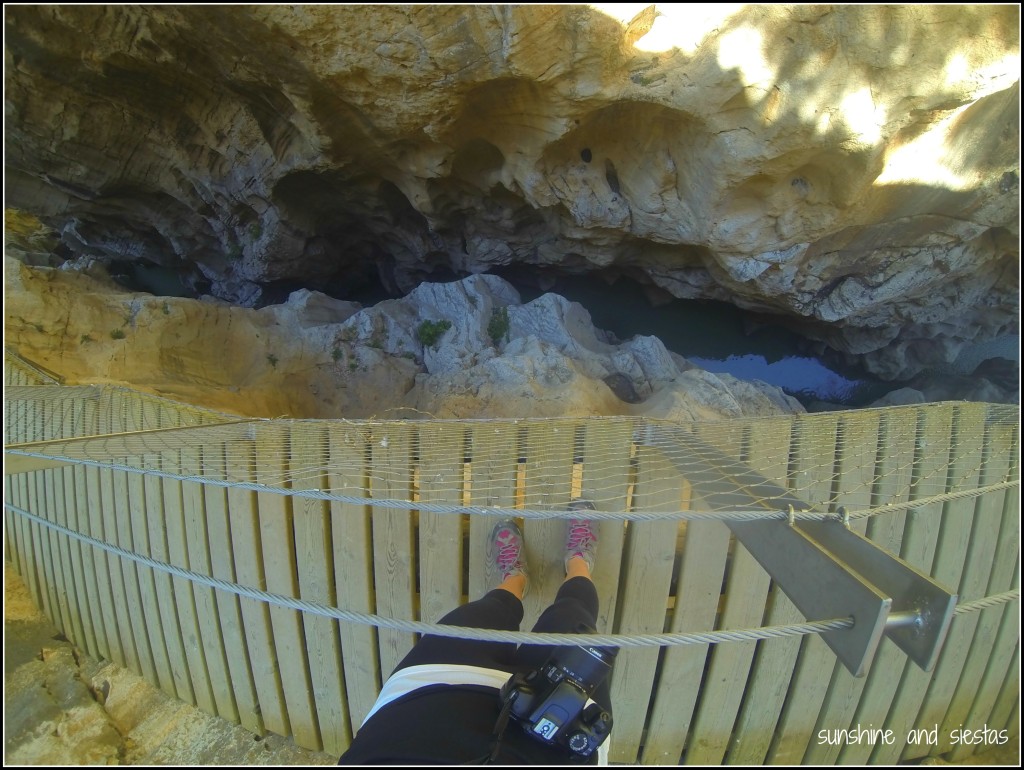
I wobbled a bit on the stairs that led to a 200-foot stretch of wooden pathway, stepping awkwardly as I tested out my nerves. The same wind that nearly blew an umbrella into me at the bar an hour earlier had picked up. My steps down became sideways to put as much ground under me as possible.
I’ve never been afraid of heights as a former gymnast, so I had no images of falling to my death when I entered the tramo of walkways just past the control cabin – I was more afraid of dropping my ID card or cell phone after taking panoramic shots of the gorge and damn below.
German, French and Spanish tourists clogged the beginning of the trail, as many were returning the same way they’d come (and hugging the rocks, making it easy to pass by them). Because the path is linear, hikers now have the choice of entering from the north or south, and of returning by bus or on foot, crossing the desafiladero once more.
As if a death by fire rather than rocks were necessary, the first big moment from the south entrance is crossing the suspended bridge. Spanning the gorge, it’s the most exposed you’ll be to the elements on the whole trek.
Many parts of the old path have been left as a reminder of the origins of the route – I was either walking directly over it or just above it. In fact, when the Caminito was provisionally closed in 2000, the local government actually demolished the beginning stages to discourage climbers. This only made the leyenda negra grow and attract daredevils from around the globe.
The Caminito is extremely tame since the reopening. At no moment did I feel like I was going to blow off the side of the gorge or lean too far over the railings. I wasn’t terribly disappointed – the day was sunny and temperate, the views of the Valle del Hoyo and the Pantano were as jaw dropping as the gorge itself, and I, for once, wasn’t attached to my computer.
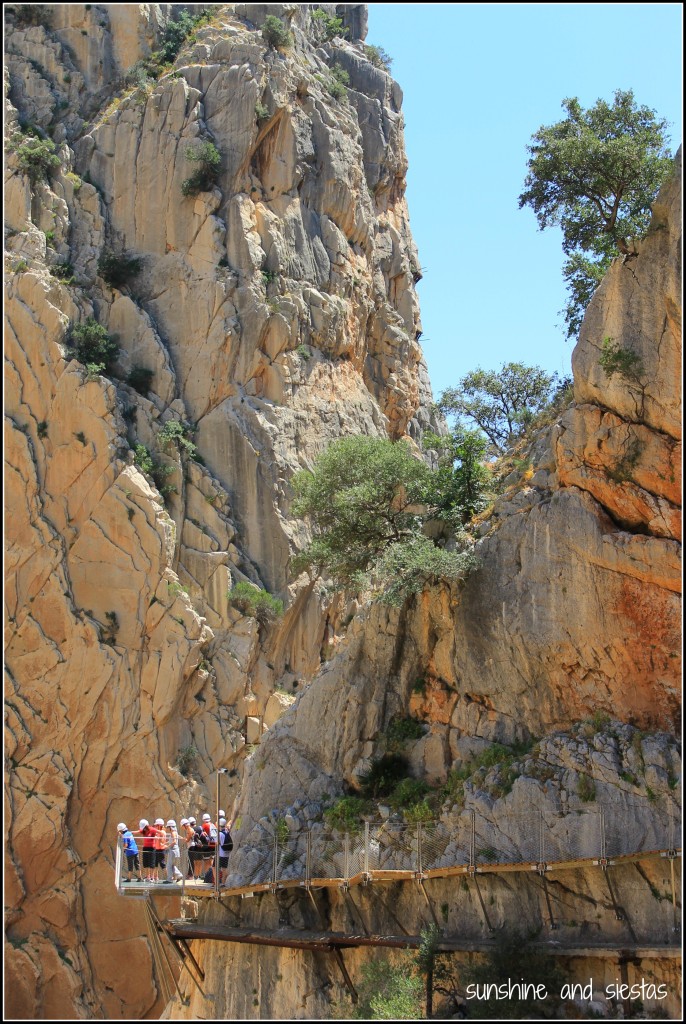
When is the Caminito open? Do I need reservations?
The Caminito del Rey is open every day but Monday, weather permitting. You MUST have a reservation to enter, as only 50 visitors are allowed every half an hour. I snagged a free entrance through the website a few weeks before the reopening.
What should I bring? Are there restaurants on the Caminito?
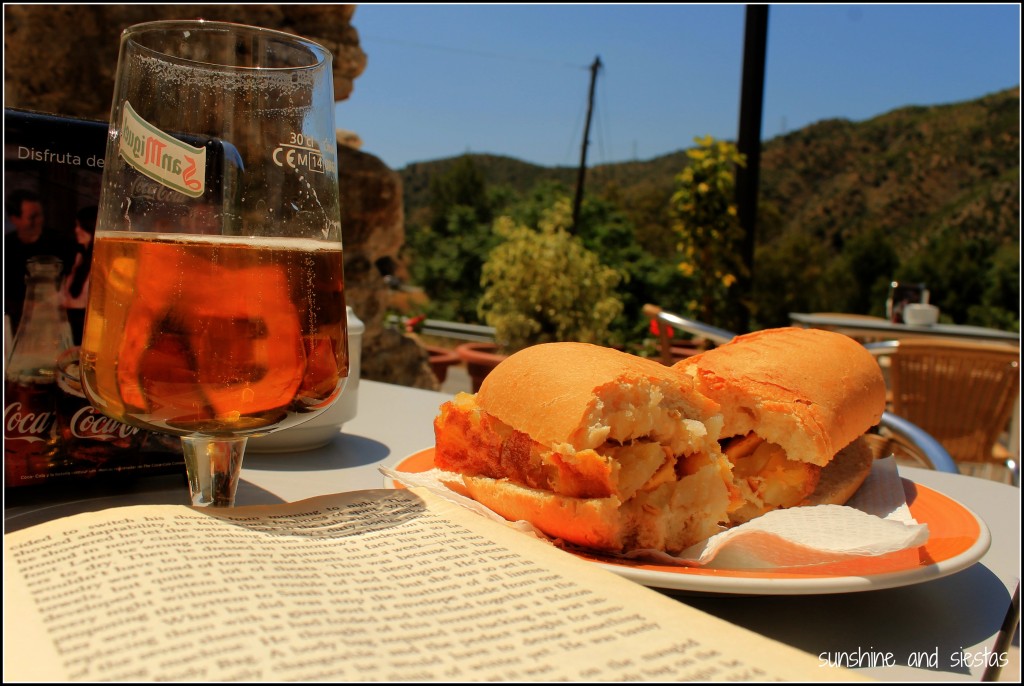
Be sure to bring sunscreen, water and sturdy shoes. You’ll also need your entrance ticket and ID card or passport. There are no facilities along the trail – not even garbage cans – so you should use the bathroom and pack any food or water you might want to consume.
How can I get to El Chorro?
El Chorro is a neighborhood of Álora, located just up the hill from the visitor’s center. There are various ways to get there by car, but often on poorly serviced highways. From Seville, I took the A-92 towards Granada, turned south at Osuna and headed to Teba, turning off at Ardales and onto the MA-4503. The whole trip took just over two hours.
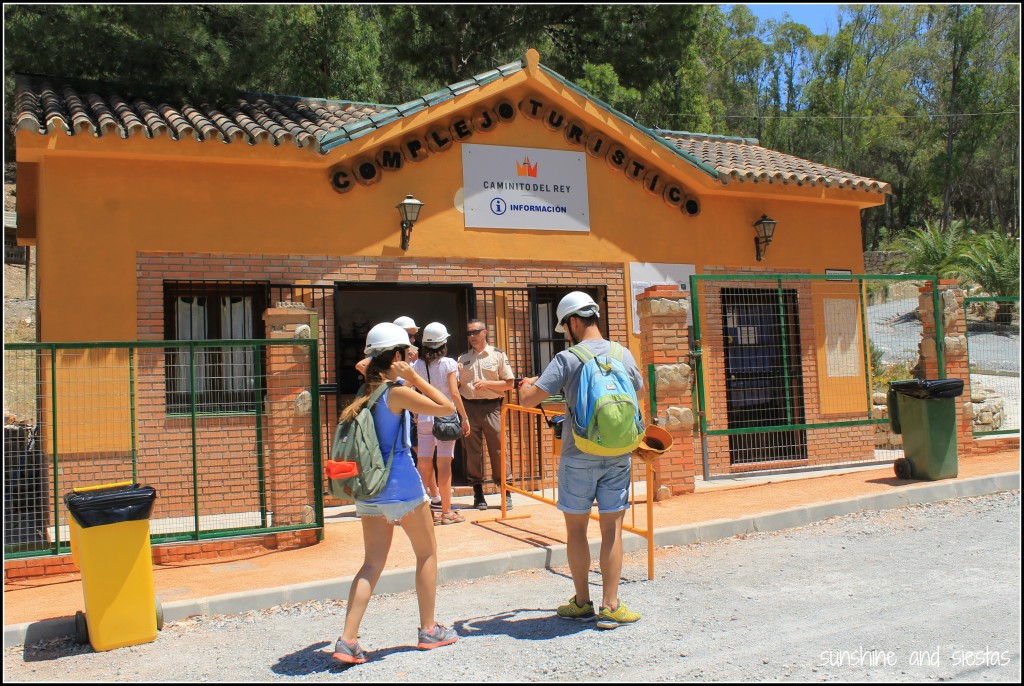
From Seville, the Media Distancia train towards Málaga will also leave you in a train stop marked ‘El Chorro,’ and vice-versa. Schedule here. Due to road closures along the MA-5403, the train trip is probably preferred in summer 2015 – it will take the same amount of time and cost you the same amount of money from Seville as a car will.
How long is the Caminito, and how long should I plan to be in El Chorro?
The most famous part of the Caminito is, without a doubt, the walkways. Now equipped to support up to 50 people at a time and featuring handrails, the walkways, called pasarelas, constitute about three kilometers one-way.
There’s a 1.6 kilometer trek uphill to the official entrance point of the walkways from the southern access at El Chorro, another 2 or so in the Valle del Hoyo between them, plus 2.7 to the northern entrance point in Ardales. Round-trip is close to 14 kilometers round-trip, so plan on 4-5 hours. If you don’t want to walk back, you can grab a bus once an hour, whose schedule is here.
More information is available on the Caminito website.
Looking for more outdoor activities in Southern Spain? Check out my articles on the Vía Ferrata, the Minas de Riotinto and the Via Verde.
